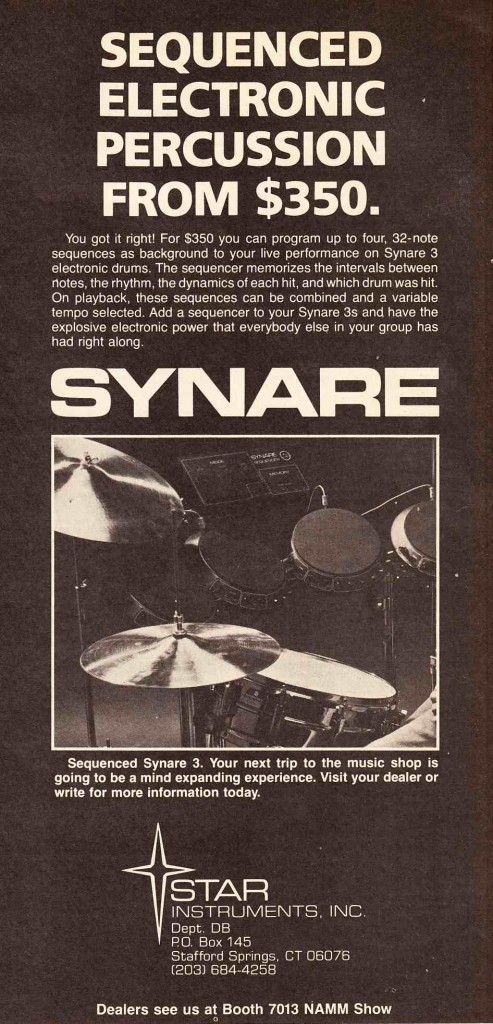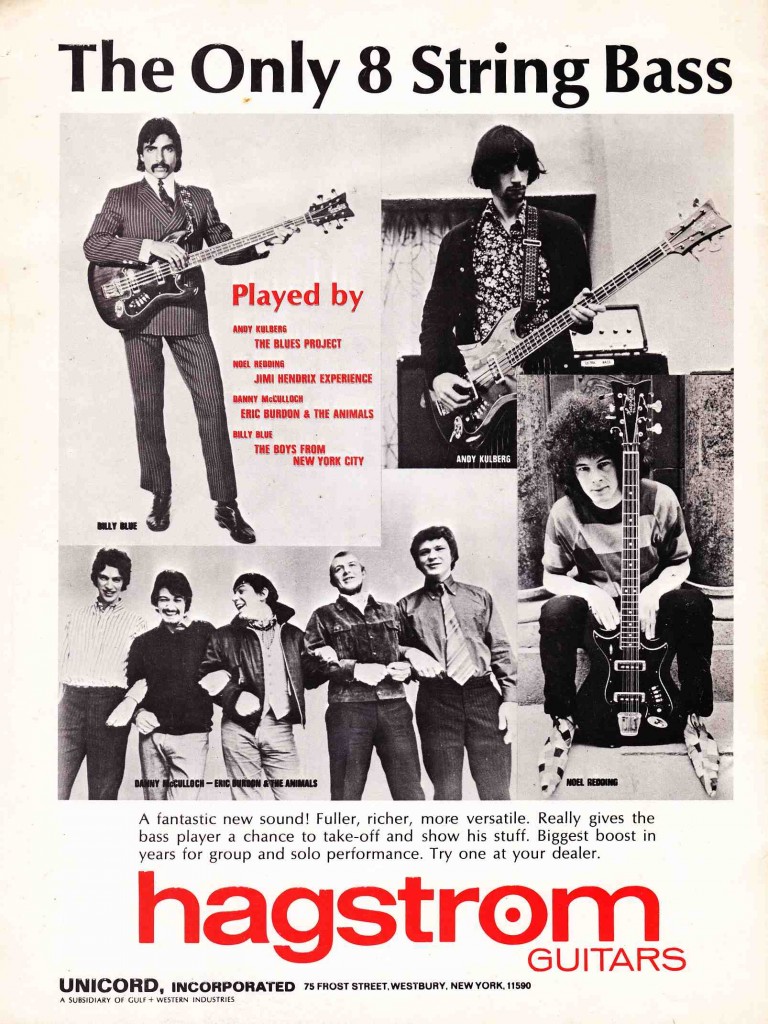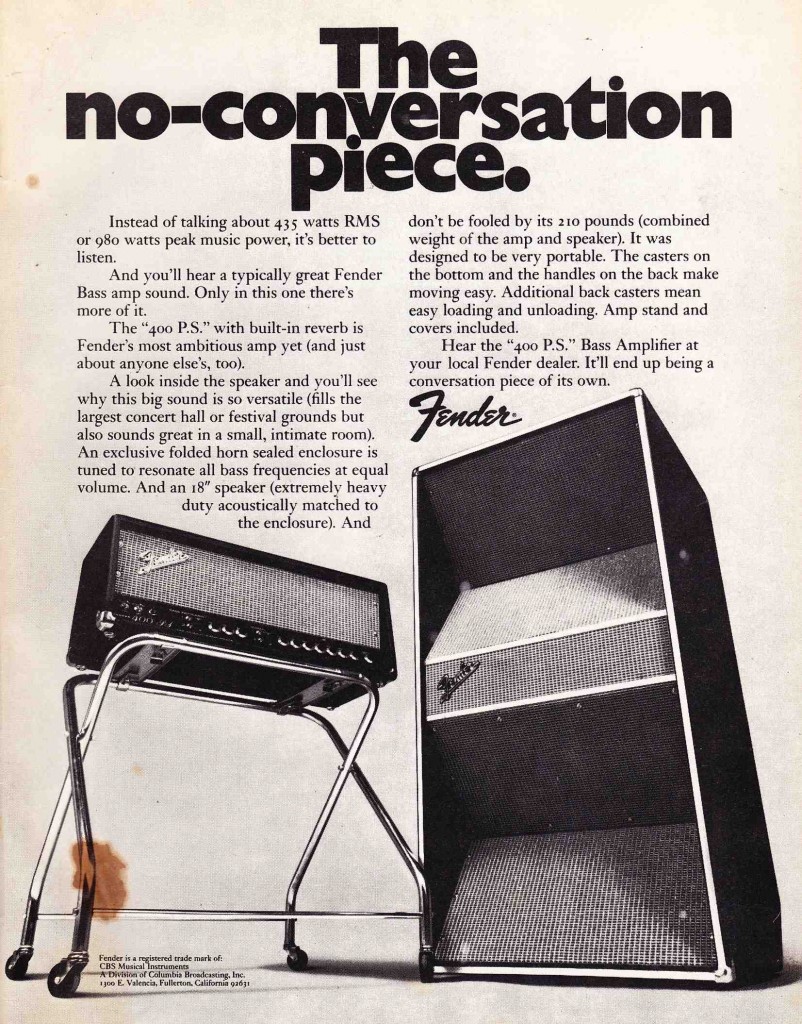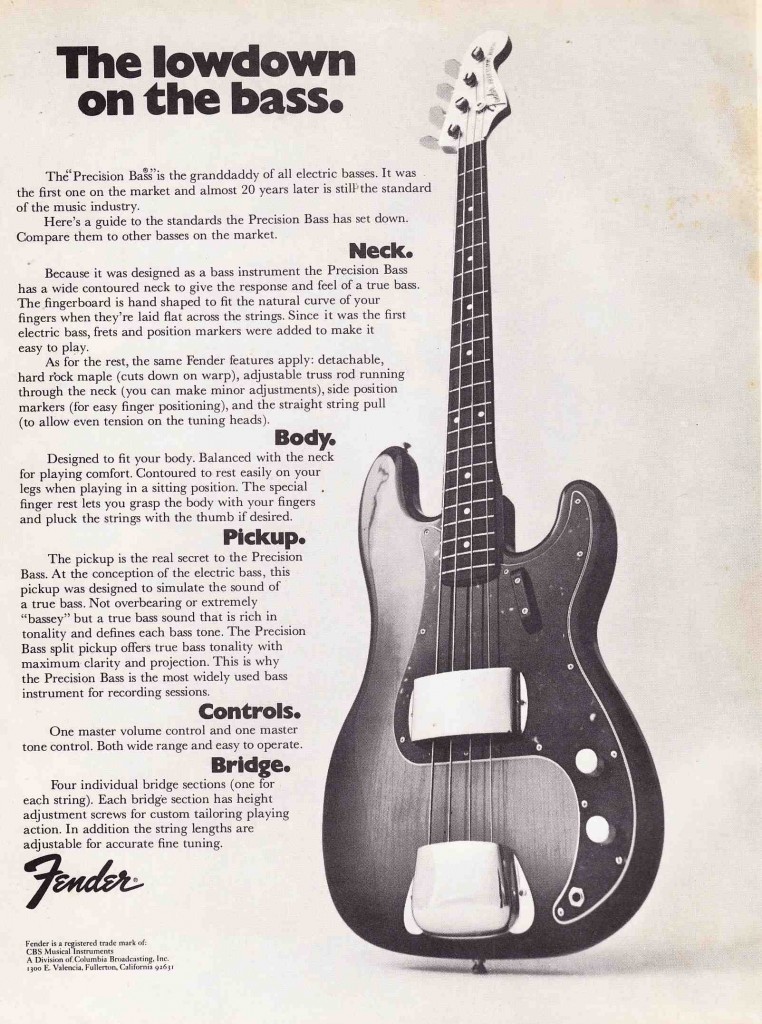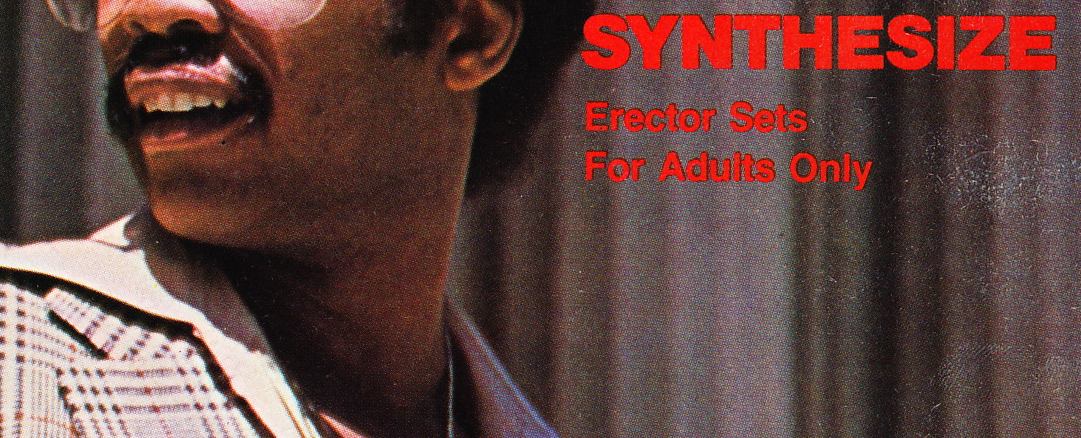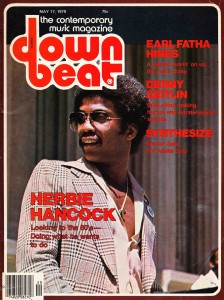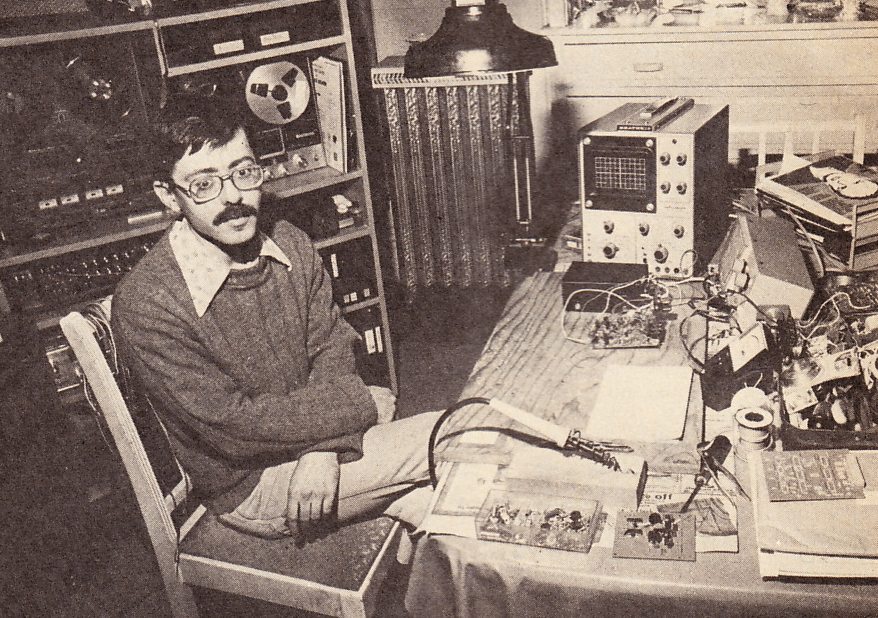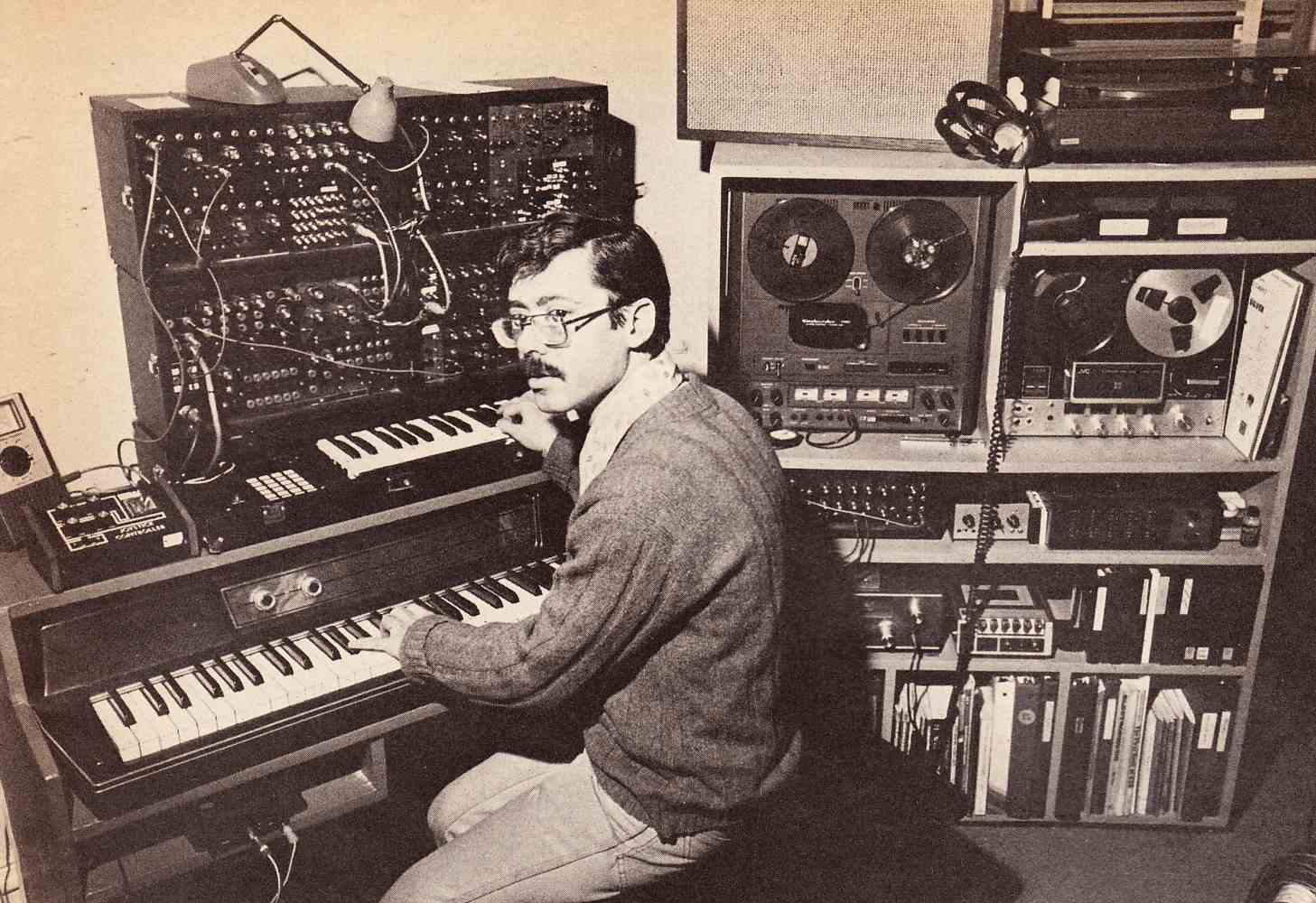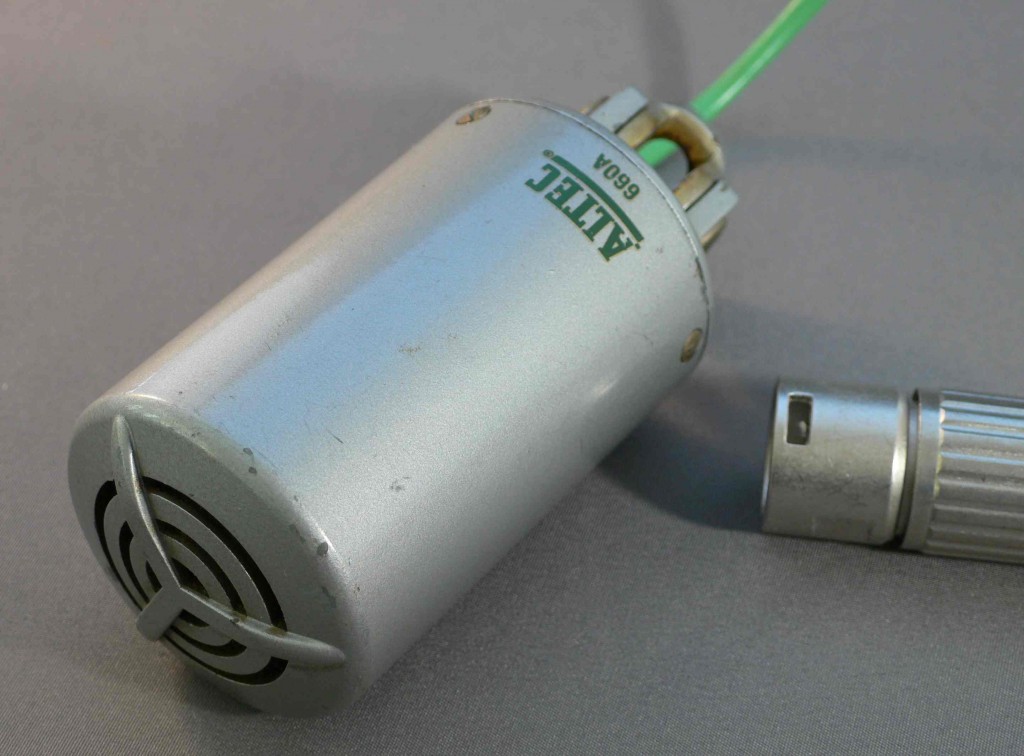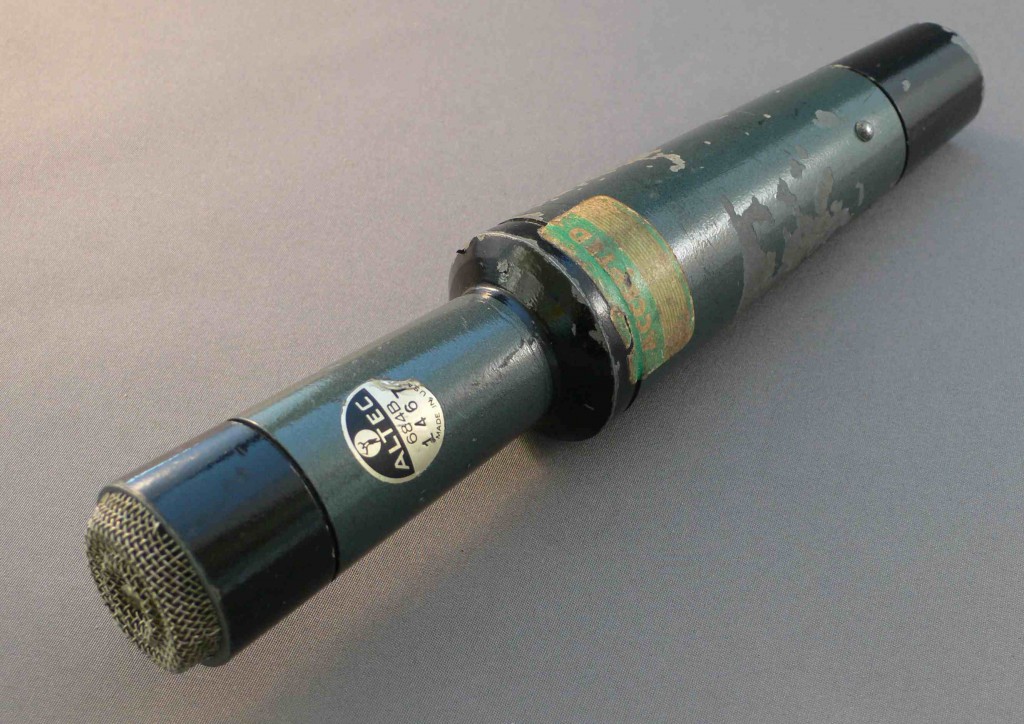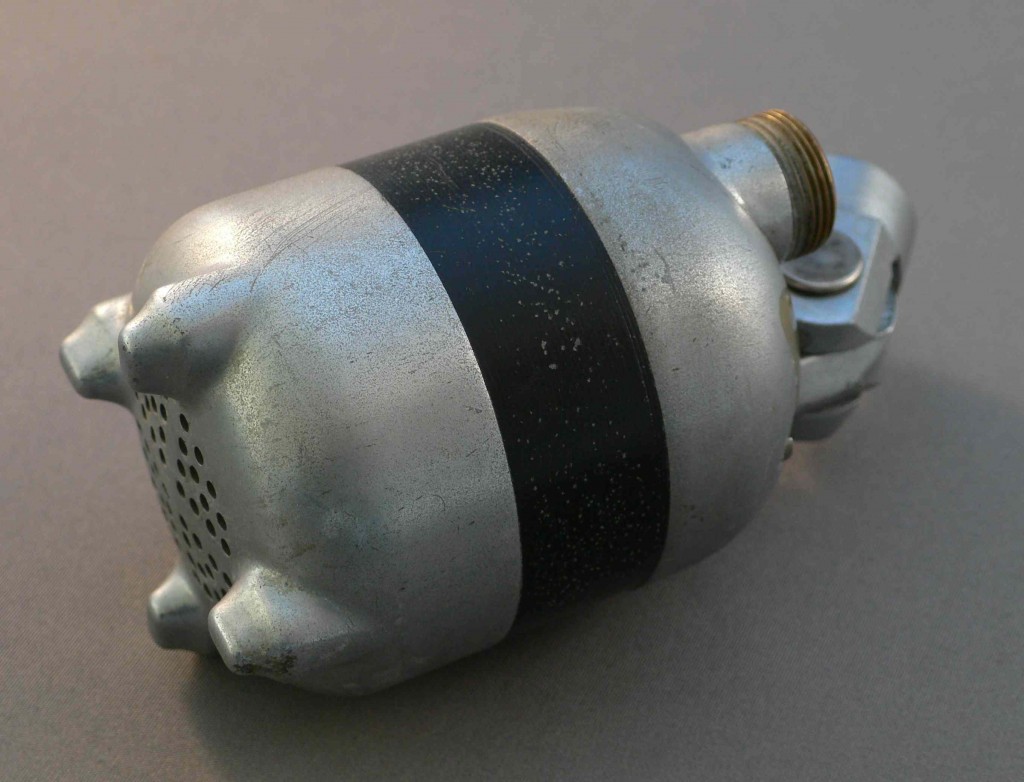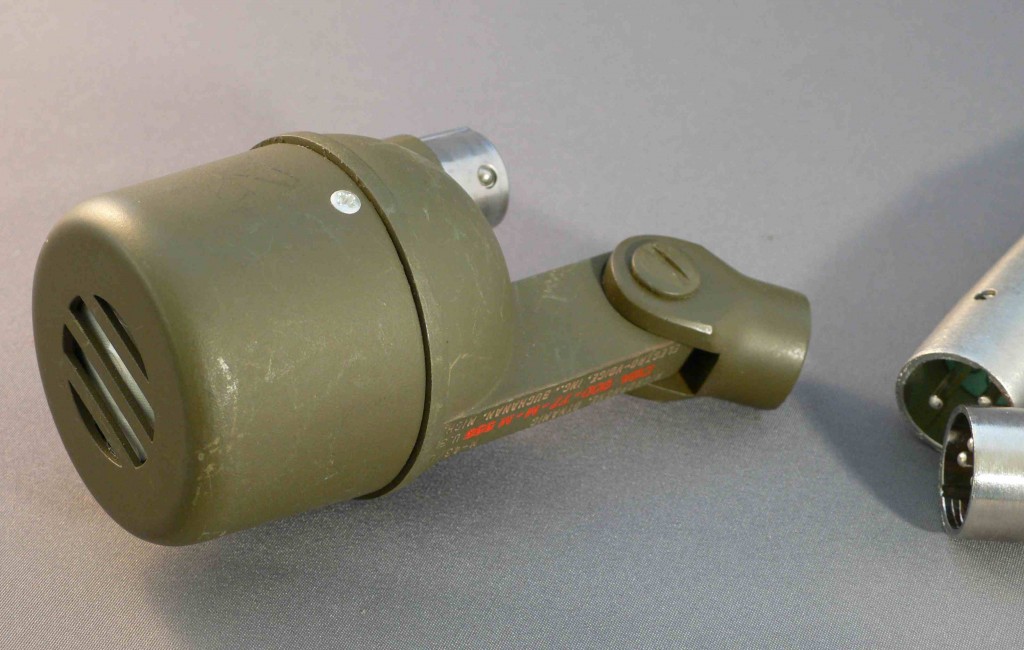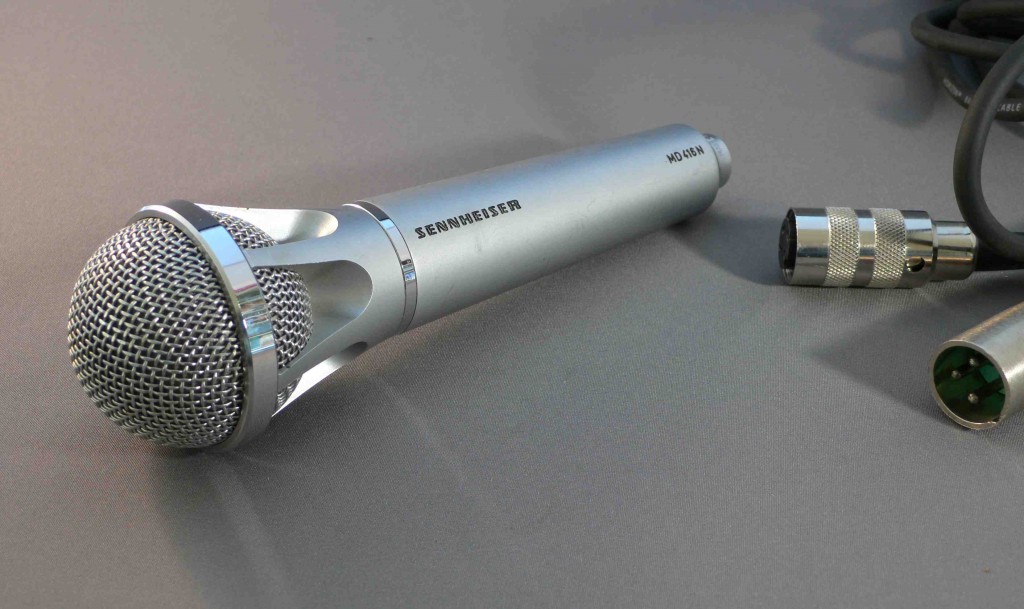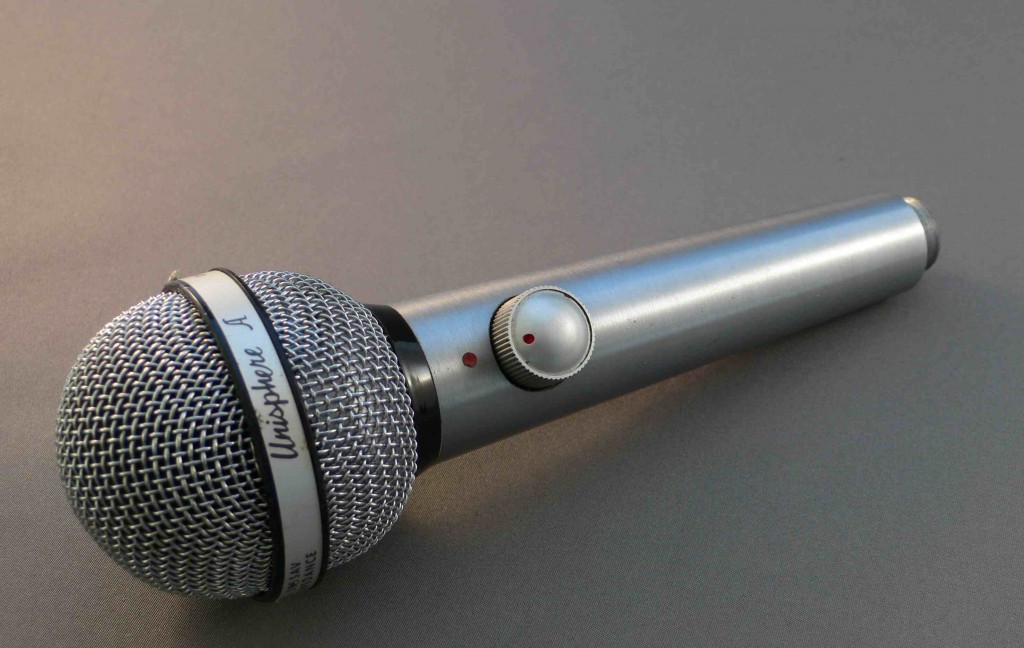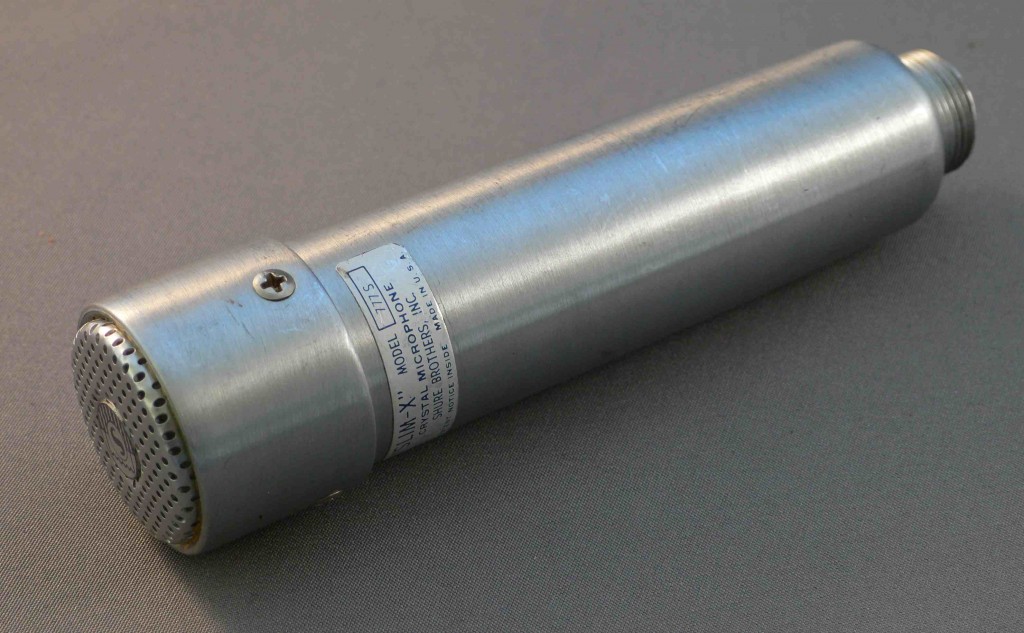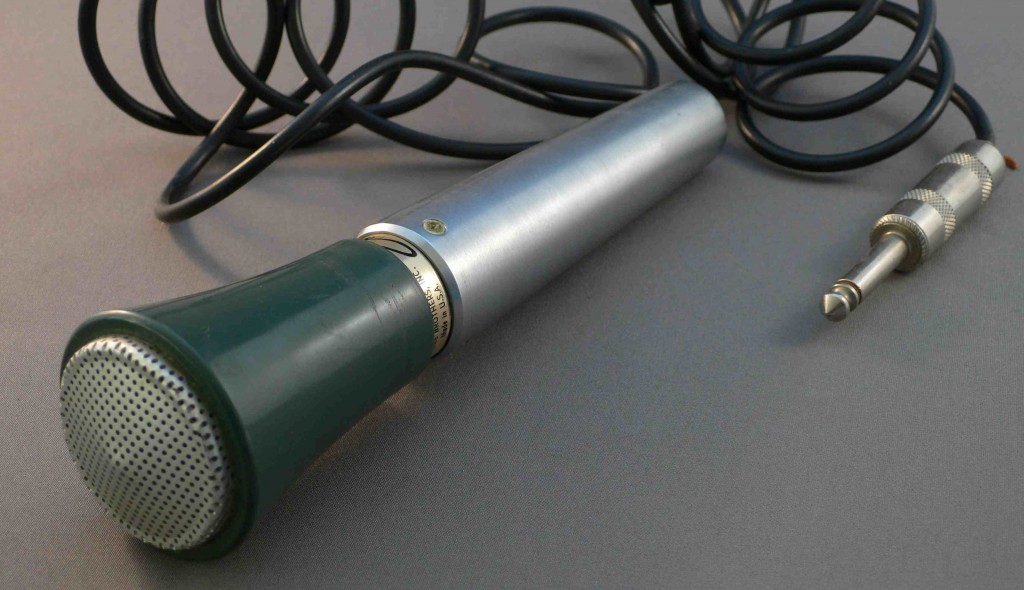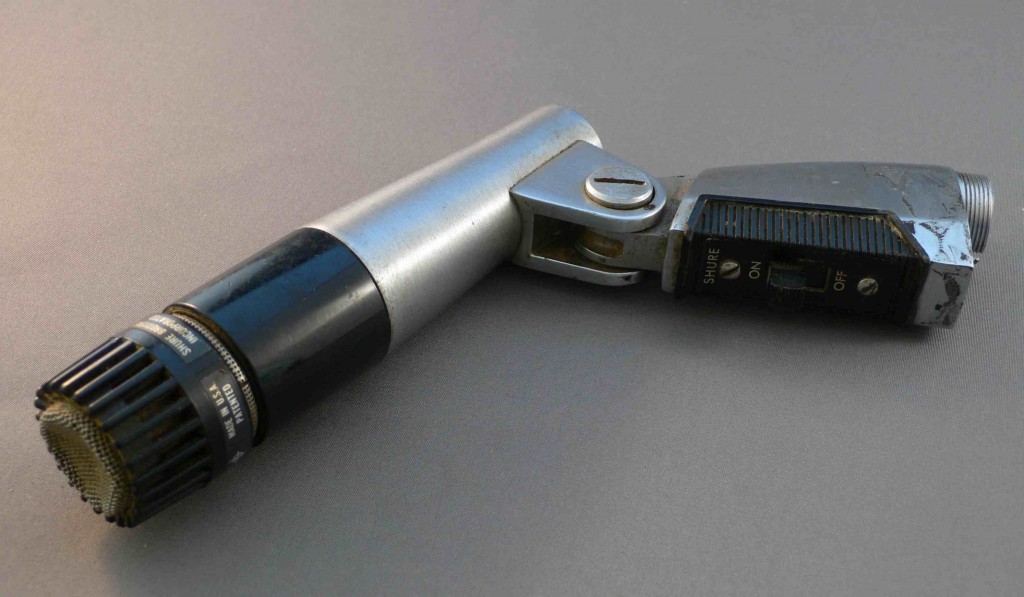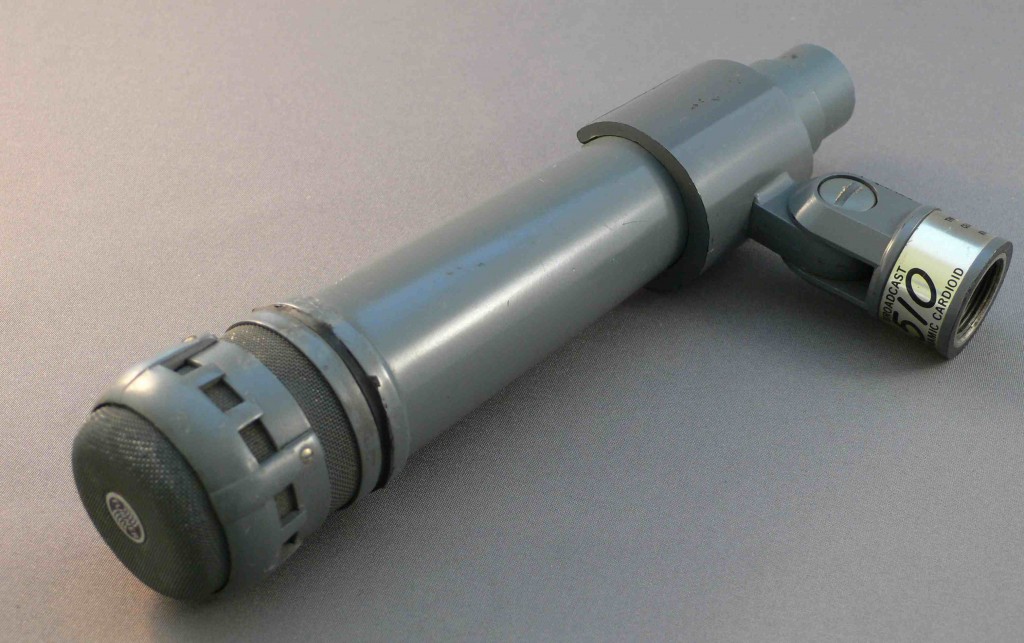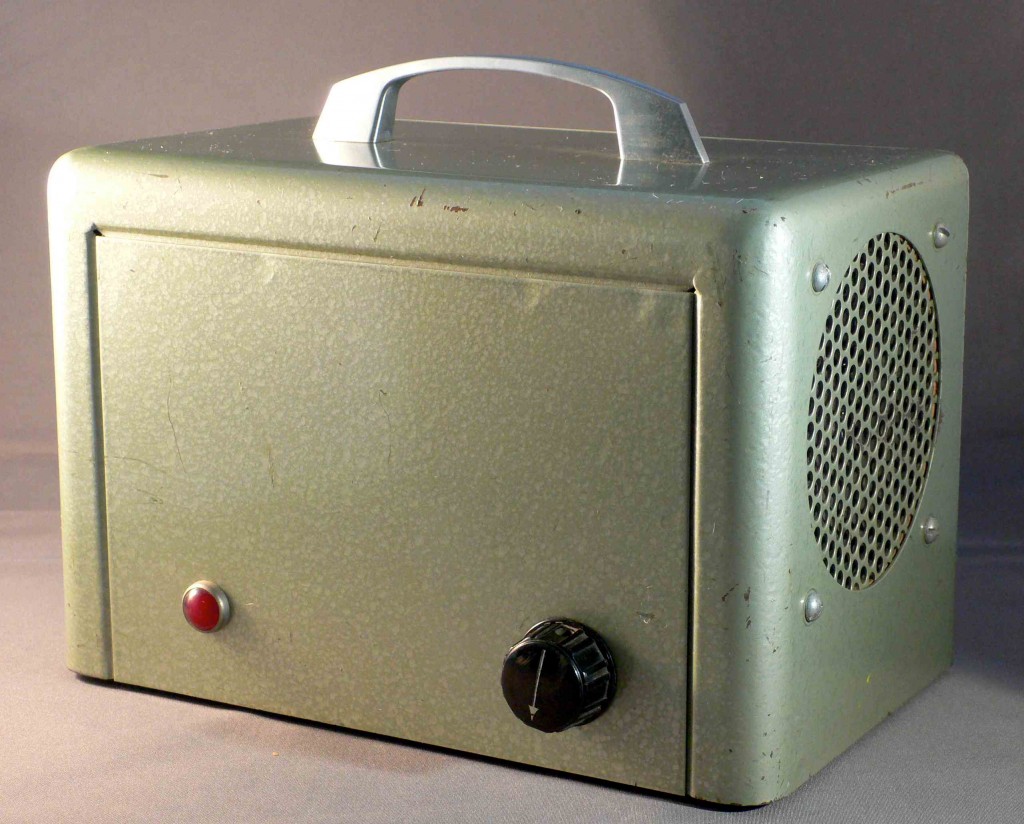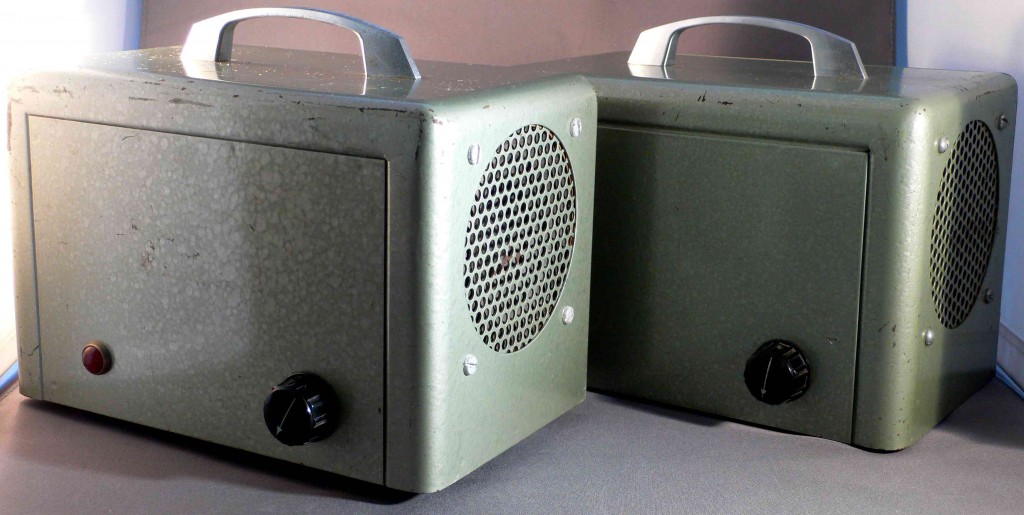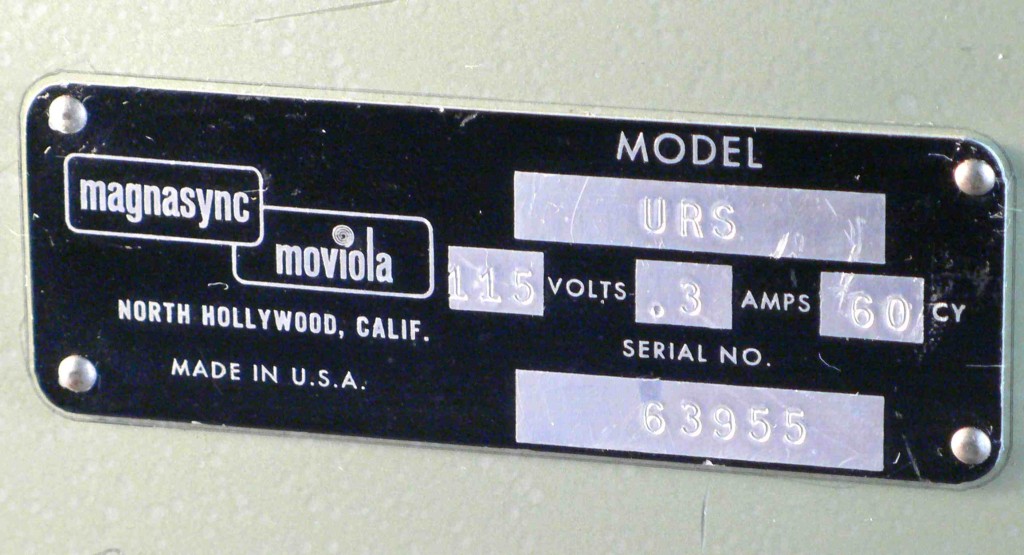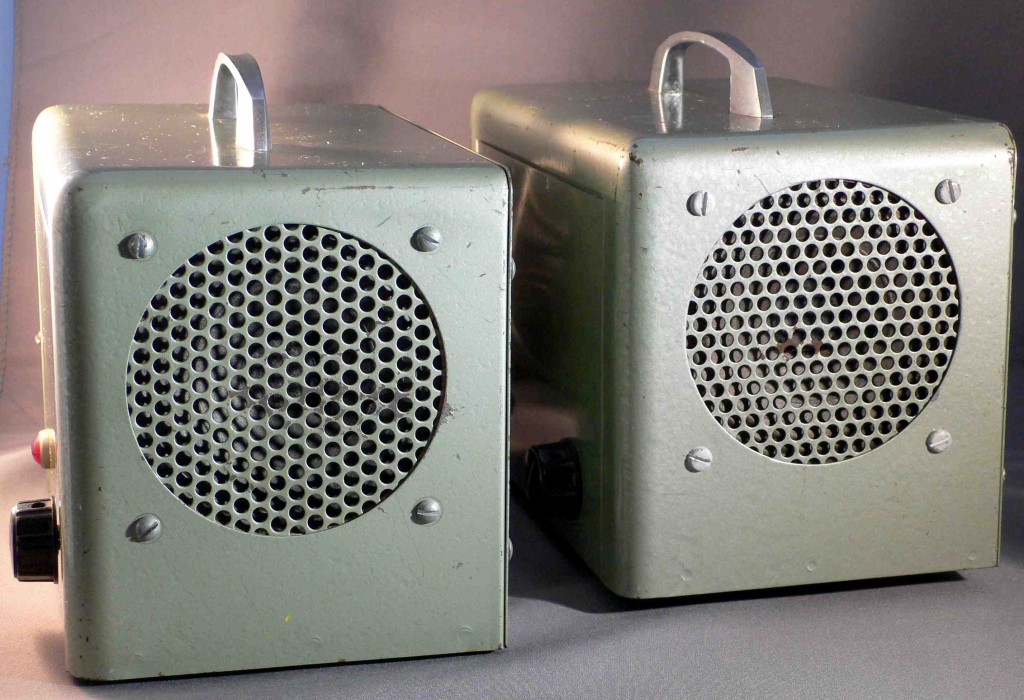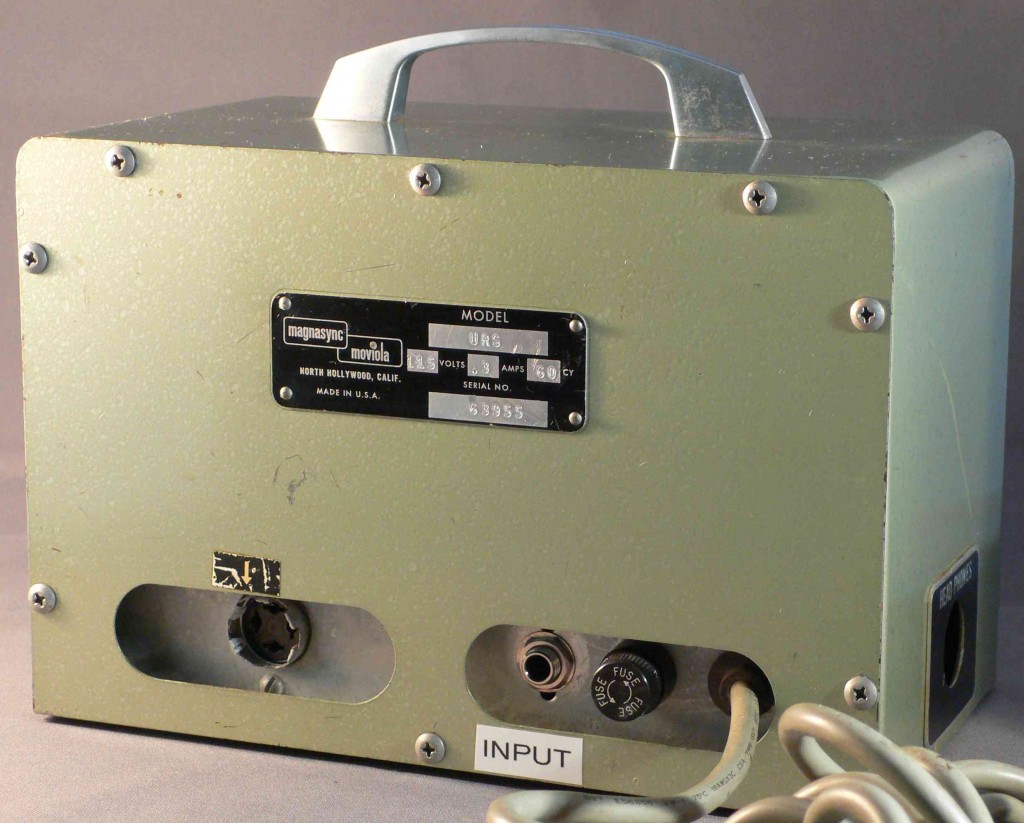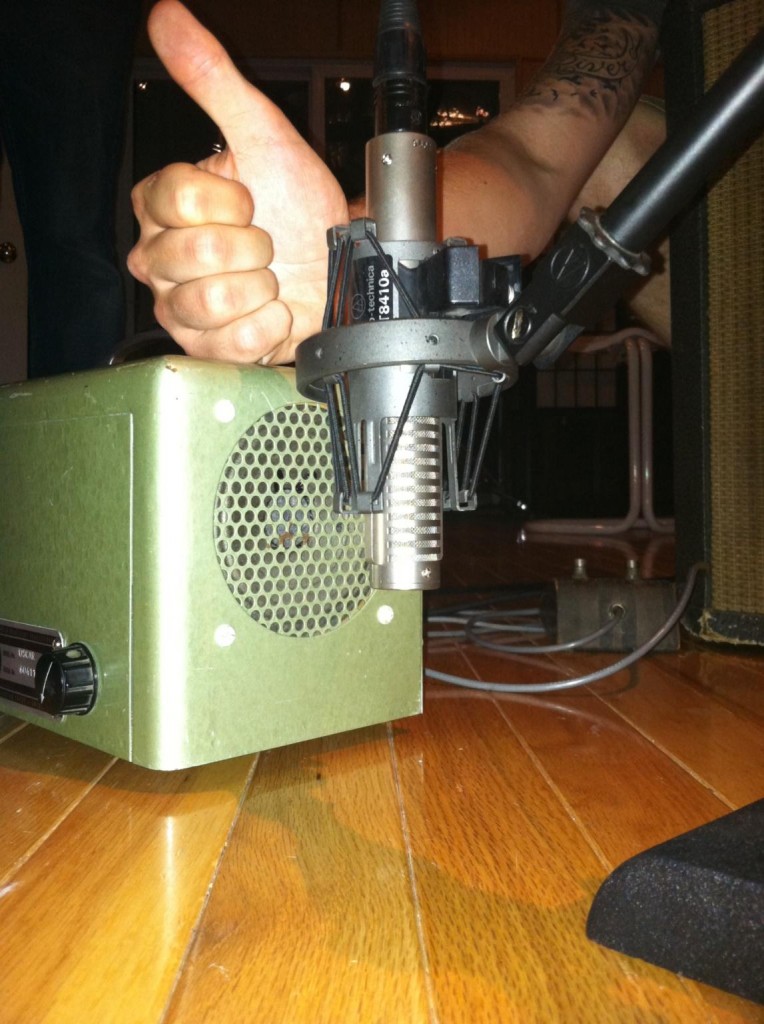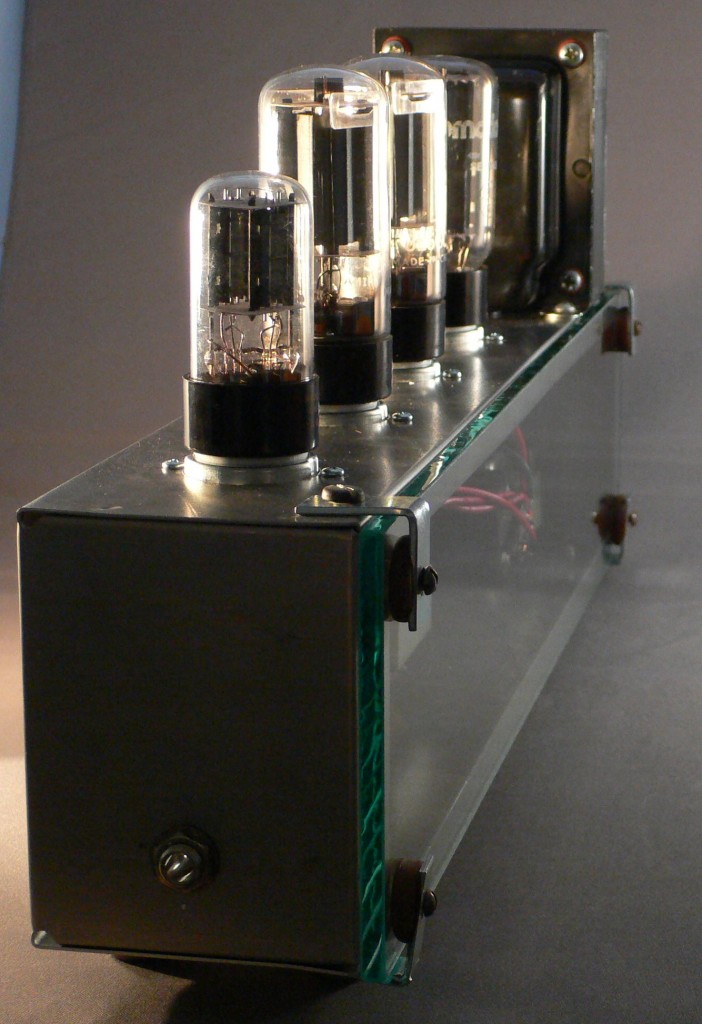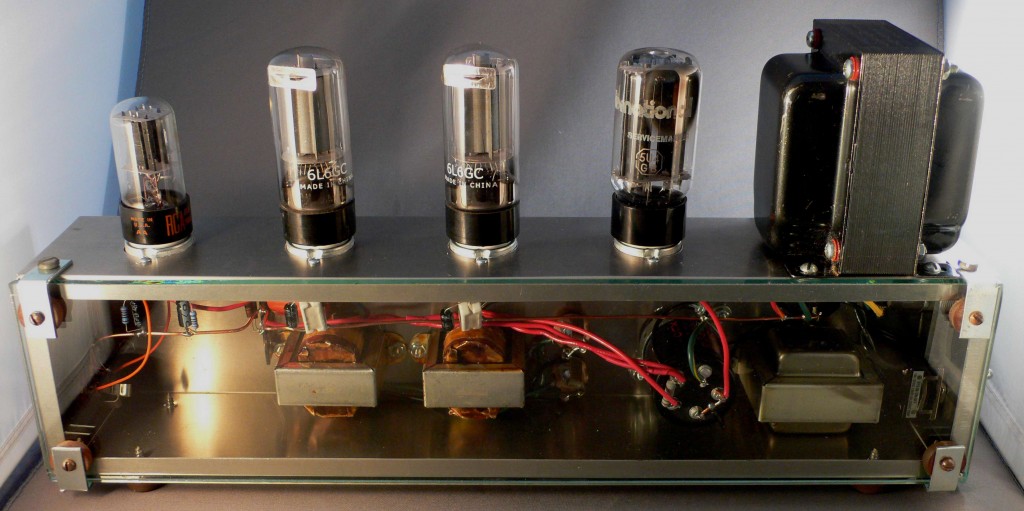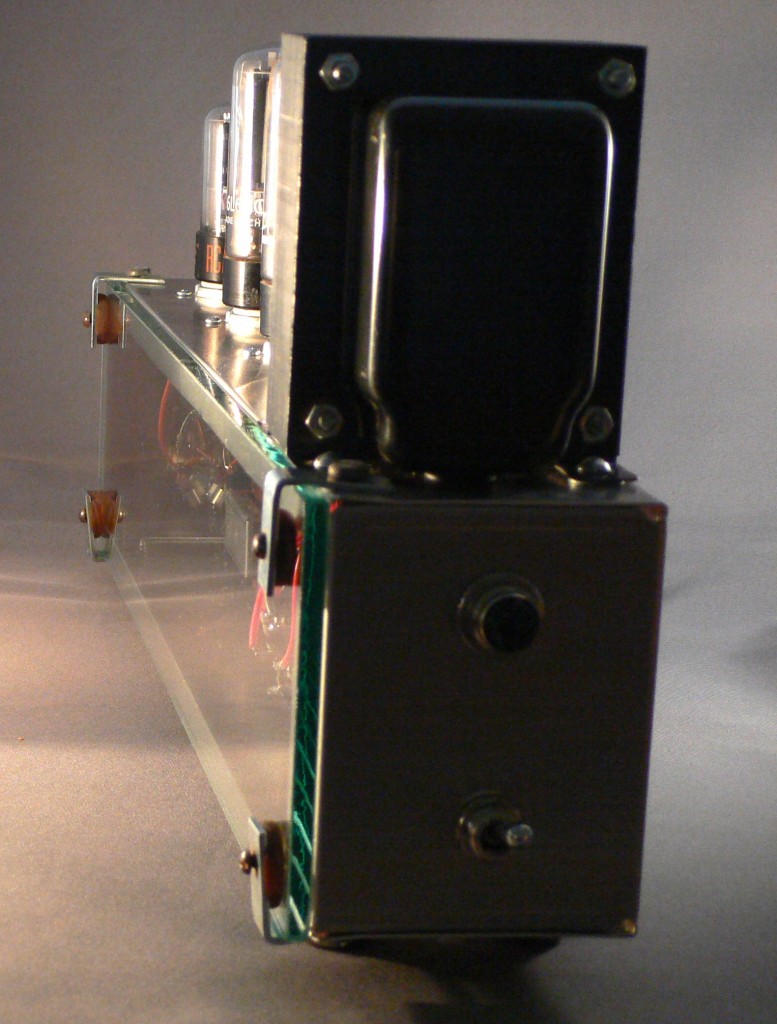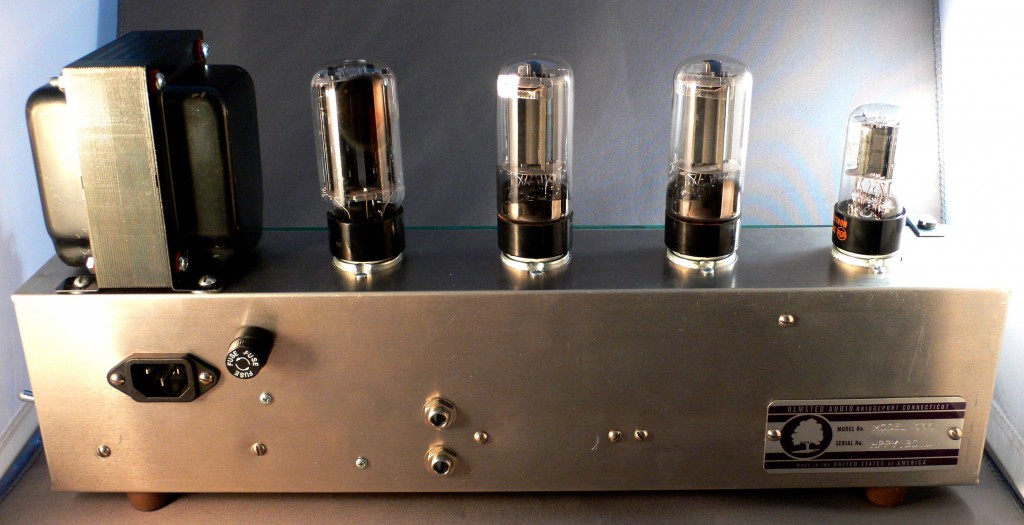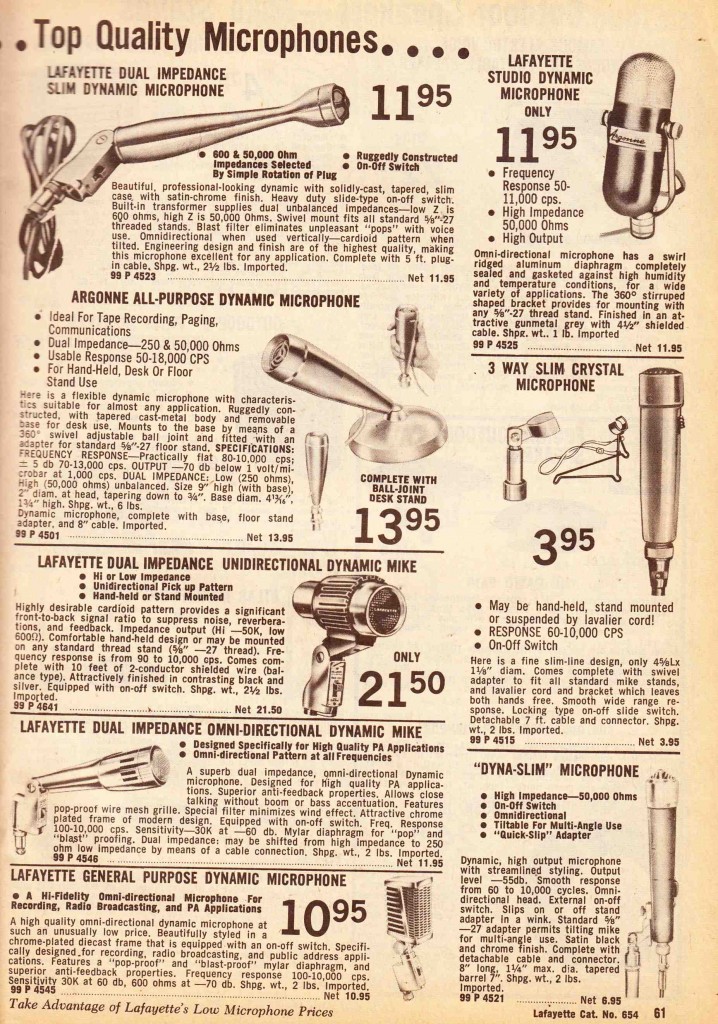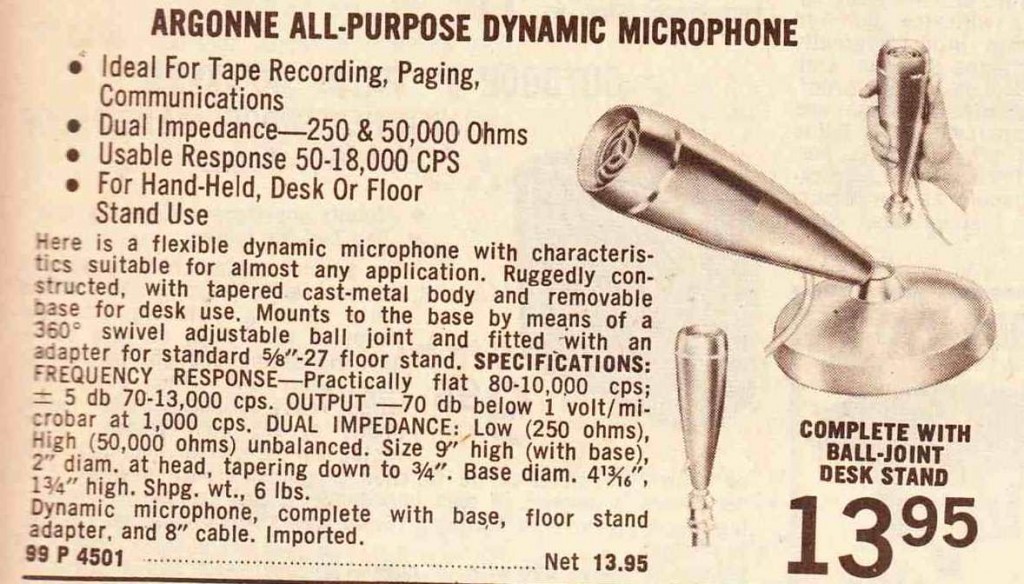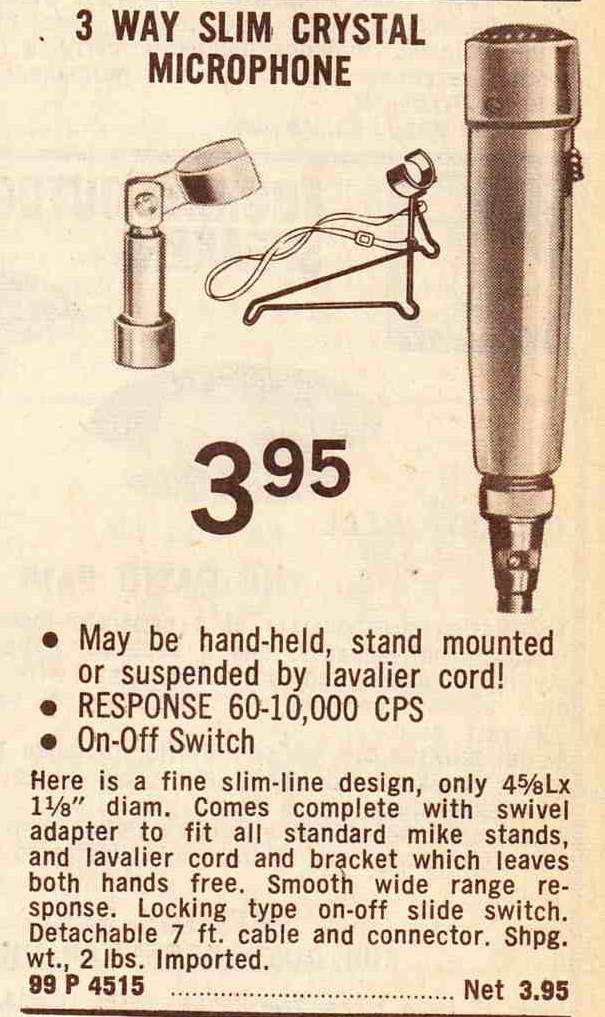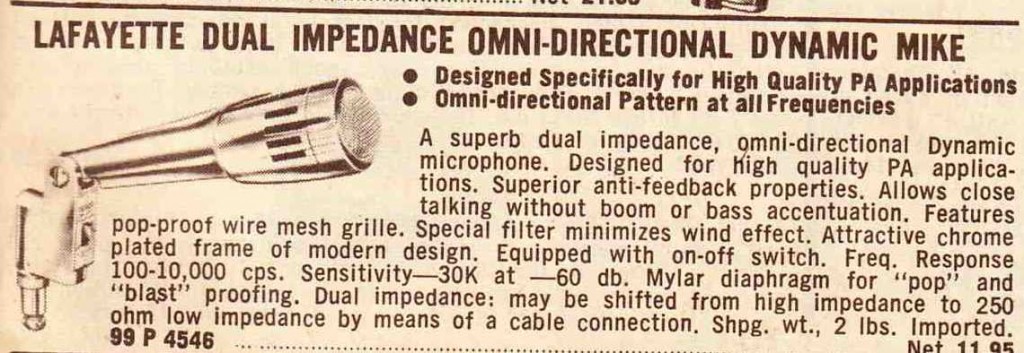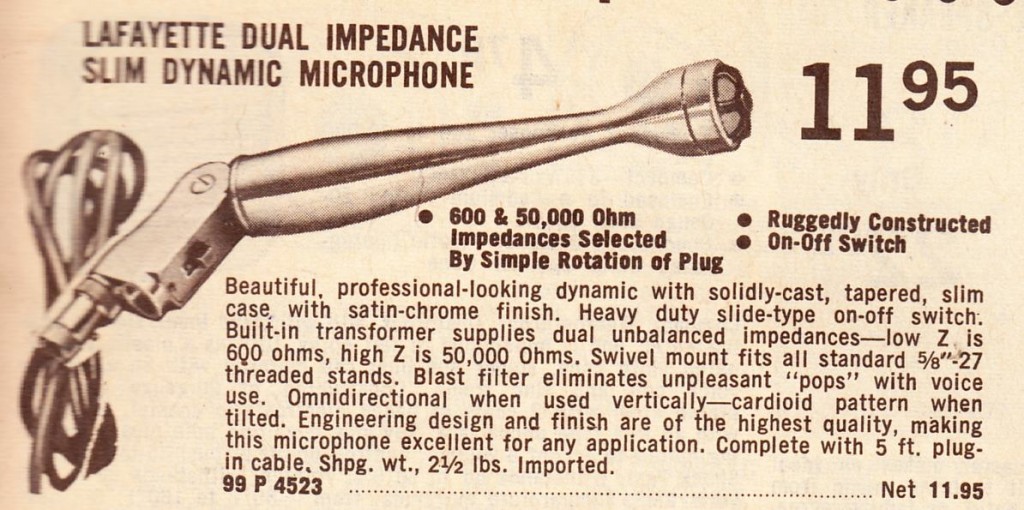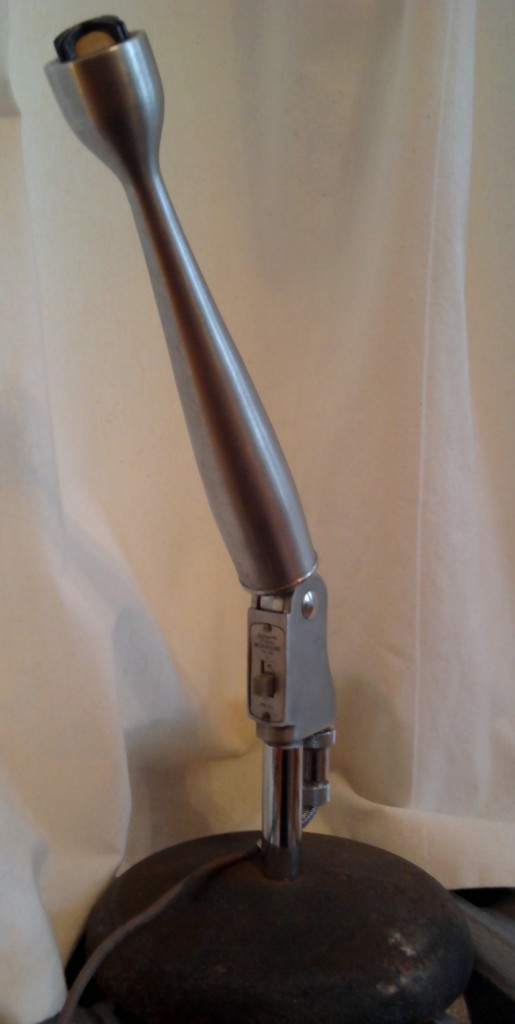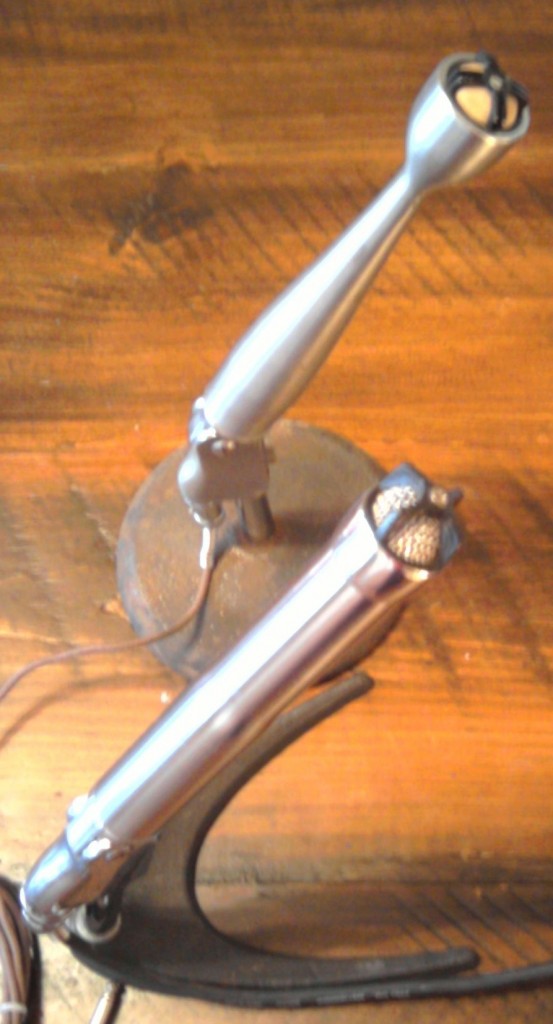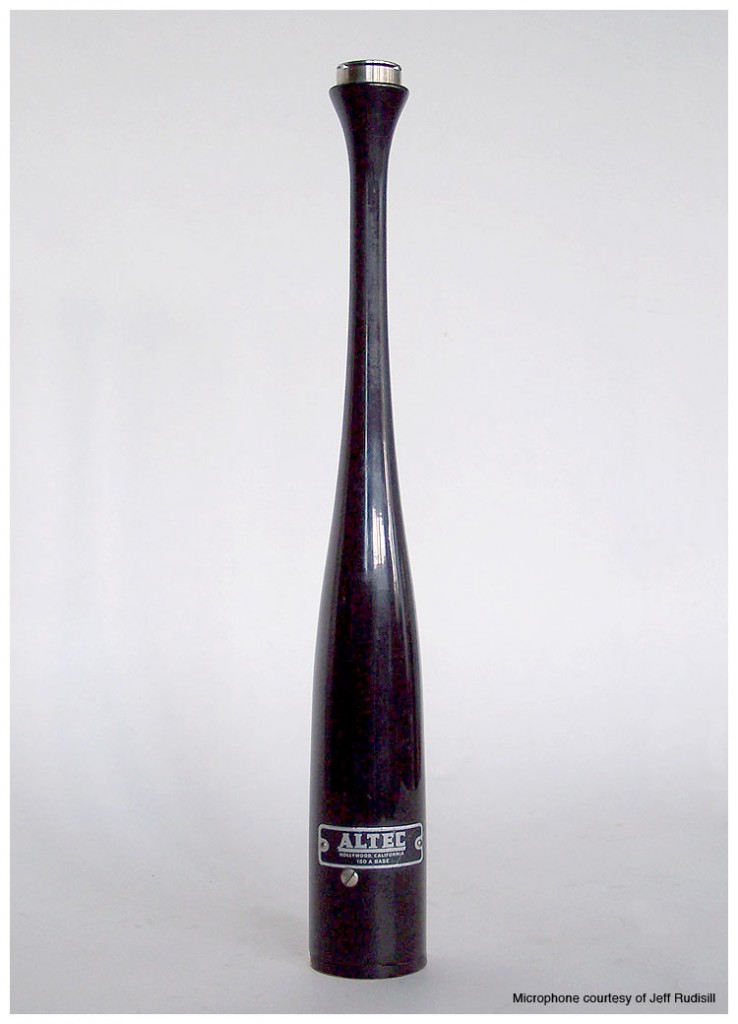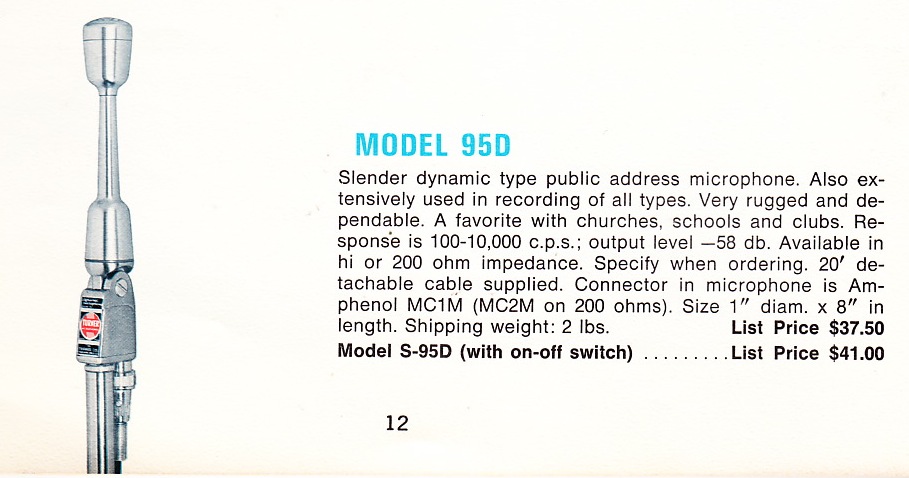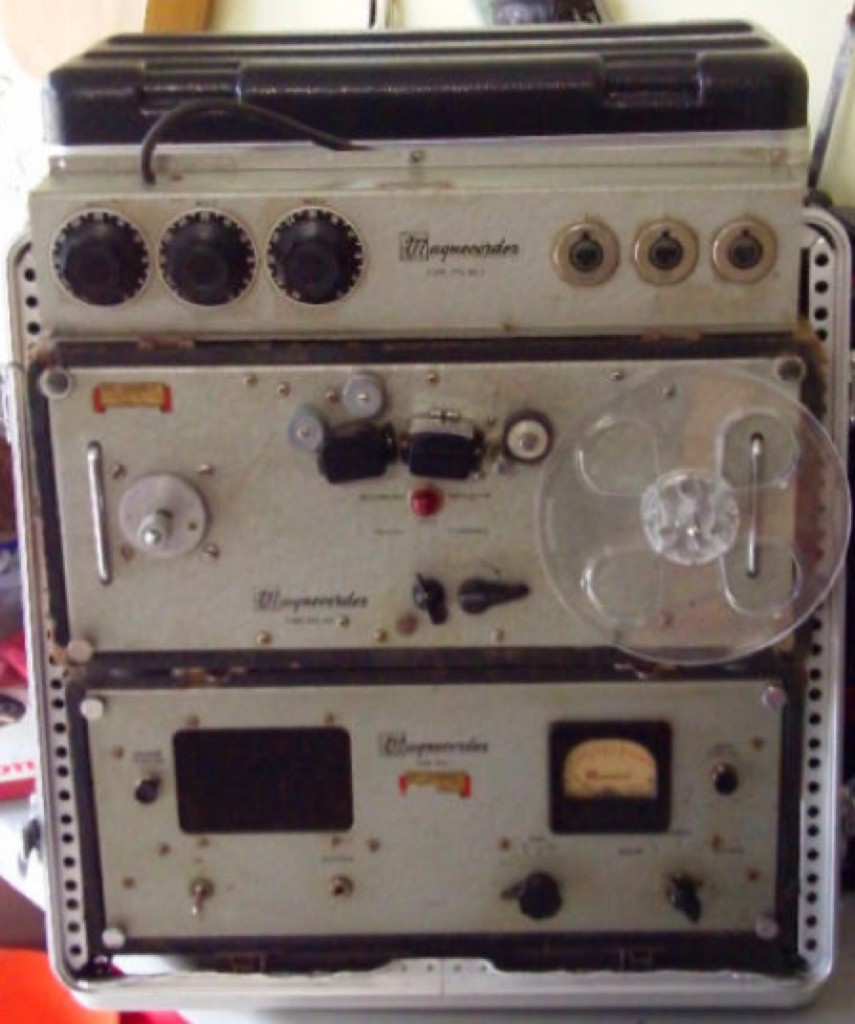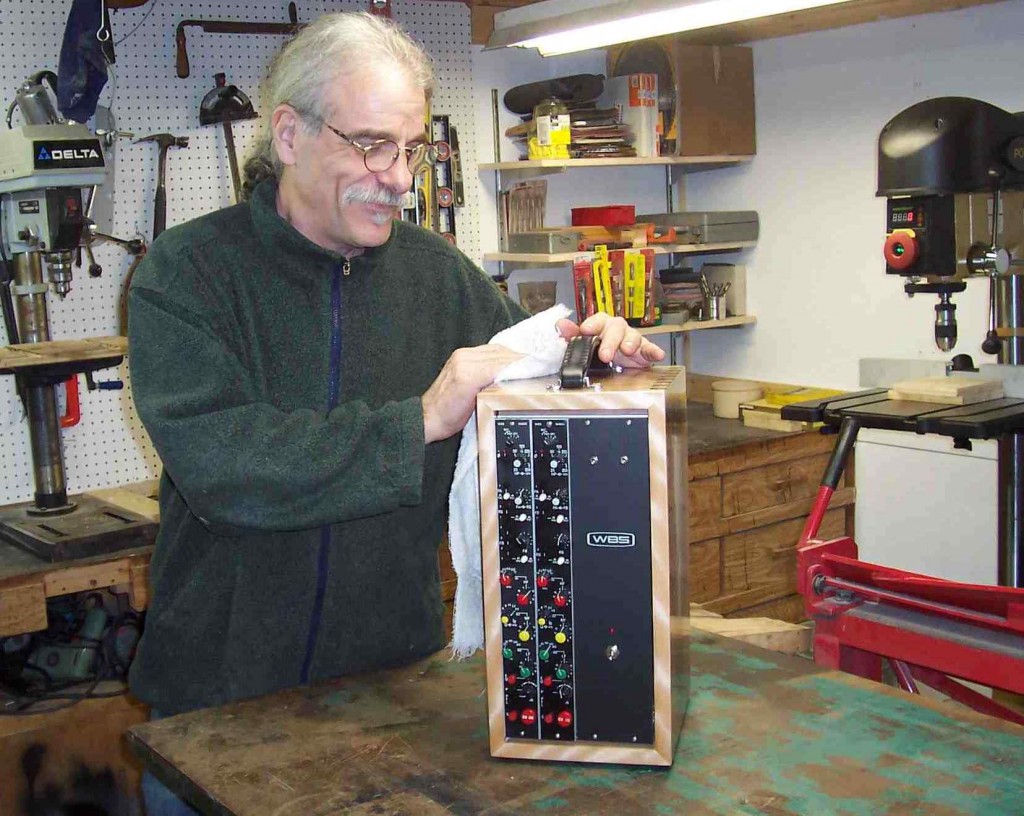 Tom Gruning with one of his Ward Beck ‘lunchboxes’
Tom Gruning with one of his Ward Beck ‘lunchboxes’
I came across Tom Gruning’s work on eBay and I was drawn to the level of craftsmanship that he put into these largely unheralded Ward Beck pieces. What’s/Who’s a Ward Beck you say? Well, today on Preservation Sound we will learn a little about Ward Beck, the Canadian broadcast-audio-equipment manufacturer; take a look at some of Gruning’s work reinvigorating and preserving these pieces for use in the modern music studio; and we will conduct a listening/recording test of his pieces in comparison with some studio-standards.
*************
*******
***
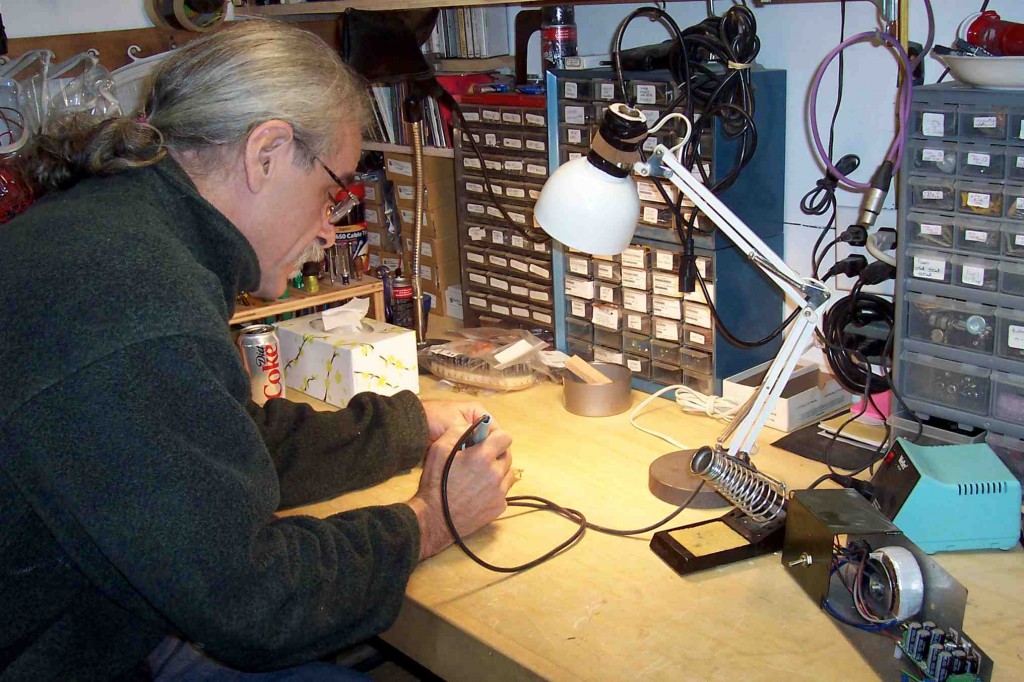 TG work in the Shop
TG work in the Shop
PS: Tell us about Ward Beck, the audio-equipment manufacturer.
TG: As far as WBS history…their consoles were/are broadcast consoles that were/are very, very high quality. I seem to recall reading that Neve was their primary competition in that market during the 1970s and ’80s. Neve moved over into recording consoles and WBS stayed with the broadcast market. There is a really wonderful on-going WBS history thread in the forum at the Ward Beck Preservation Society website. I suggest all your readers go there and tune in as it is an absolutely fascinating first person account of that history.
PS: How did you get involved with converting old Ward Beck console modules into stand-along ‘plug-and-play’ rack units?
TG: I got interested in WBS equipment about five years ago. I was putting together my personal ProTools project studio and simply couldn’t afford excellent quality store bought mic pre-amps. Being a research guy, I spent inordinate amounts of time reading what people had to say about any and all console strips. These were, after all, considerably cheaper to come by than the plug and play Neves, APIs, Chandlers, and on and on. The Ward Beck stuff sounded like the best of the bunch in that first and foremost, people thought they sounded excellent and were built like tanks. There was also a really knowledgeable and helpful community of folks willing to help newbies like me: that is, the gang at the Ward Beck Preservation Society.
As I wound up learning more about making these things work, I started investigating different modules when I could afford them. At this point I have 460s, 461s, 462 and 472 EQs, a 466 compressor, 470s, and 490s in my personal stash. Eventually I’ll add some 441s and a few others I have my eye on.
PS: Tell me about the mic preamps that you sent me.
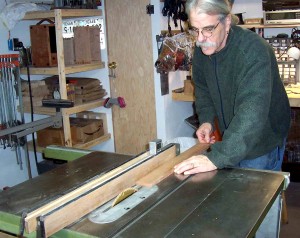 TG: The 49o pres I sent you started life as line level modules in a small, fourteen channel broadcast mixer. ….I pulled the first module and found the Hammond 6012 input transformer so I set about the task of turning these into mic-level units. It really didn’t take too much modification to turn them into mic level units and I wound up bypassing the logic circuitry in many of the racked pairs. Besides simplifying the signal path and eliminating the possibility of ICs crapping out, the mod (which I credit to legendary WBS guru Dave Thomas) gives the pre a pleasingly accentuated mid-range presence that really jumps out in a mix. They are great sounding pre-amps and prices on them are still very reasonable.
TG: The 49o pres I sent you started life as line level modules in a small, fourteen channel broadcast mixer. ….I pulled the first module and found the Hammond 6012 input transformer so I set about the task of turning these into mic-level units. It really didn’t take too much modification to turn them into mic level units and I wound up bypassing the logic circuitry in many of the racked pairs. Besides simplifying the signal path and eliminating the possibility of ICs crapping out, the mod (which I credit to legendary WBS guru Dave Thomas) gives the pre a pleasingly accentuated mid-range presence that really jumps out in a mix. They are great sounding pre-amps and prices on them are still very reasonable.
PS: Tell us about some of the different vintage Ward Beck pieces out there in the world. What should folks look for? What to avoid?
TG: I like the sound of all the WBS modules with input transformers. Bypassing the logic on the 490, the signal path is essentially the same as that of the 470. These sound really good on snare/high hat, electric guitars, and various other sources. The 460 series has a bunch of different designations: 460A; 460B; 460M; 460L,;460LA; etc. My favorites are the ‘L’ and ‘LA’ models simply because they are, as I recall, the most recent of the 460s and they have the really nice sealed pots, fully parametric EQ, and so forth. However, there really isn’t a hell of a lot of difference between the sound of an ‘A’ or ‘B’ and any of the others. The 460s have a big black custom made Hammond input transformer that really gives them a yummy, big, fat, round presence that is at the same time clear and nicely balanced. And they really are built like tanks. I’ve only run across two WBS modules that I couldn’t get up and running: a 466 compressor that I sent to Tristan Miller, a very talented Canadian tech who whipped it into shape, and a 461 mic-pre that I’m still banging on and eventually will get working. Most of the time, cleaning and radically exercising the switches, which are the only really weak link in the WBS chain, will get them passing signal.
PS: What Ward Beck ‘rack-conversions’ do you have available in-stock at present?
TG: I still have a few of the 490H rack boxes in stock (like the one I sent you). I also have a slanted front maple eight pack wired for six slightly modified 460 modules and two 470s. That one has a separate 1U rack mountable power supply. At present the box contains the two 470s, one 460L, and one 460LA. Oh yeah, I also have several 2U pairs of Yamaha PM1000 modules in my GruningAudioworks boxes. I have pictures of all these things on my website tomgruning.com. I also build custom-made hardwood cabinetry for WBS modules and various other things including exotic wood cabinets that house powered “picnic baskets” for API 500 series compatible modules.
Also, just as an aside: If any of your readers decide to rack up some WBS (or Auditronics, or PM1000) modules and would like some help, please feel free to contact me. In learning how to do these, I ran across a number of people who have been very helpful and generous with advice and instruction. If I can do the the same that would be good.
*************
*******
***
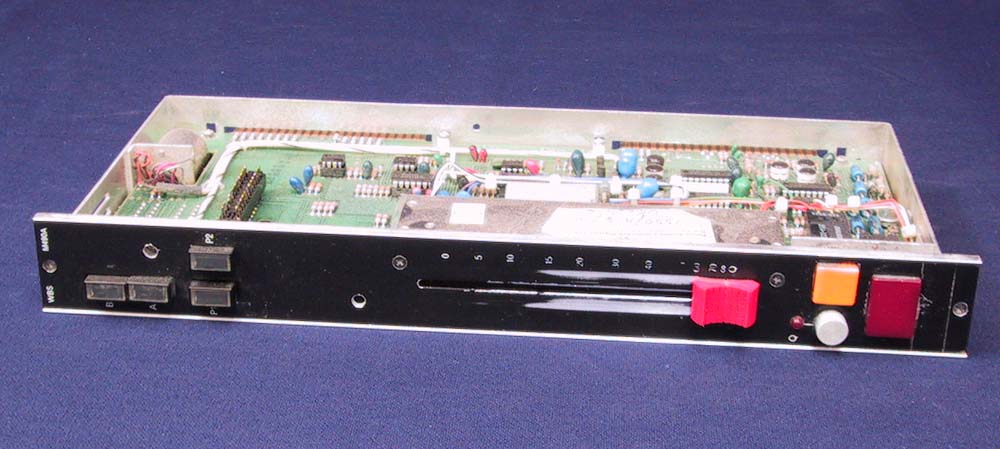
The Ward-Beck 490A input module in its ‘just-harvested’ state
(image source)
Alright. Now on to the listening test. TG sent me a pair of 490A modules which he had racked up, adding phantom power and system power in a very nicely fabricated black steel chassis.
 I mounted them in a pre-amp rack at our new studio, Gold Coast Recorders (more on GCR to come…). I have heard folks compare these Ward Beck preamps to API 512s. I decided that this would make as good a comparison as any. Especially since many of you are probably familiar with the sound of the API 512.
I mounted them in a pre-amp rack at our new studio, Gold Coast Recorders (more on GCR to come…). I have heard folks compare these Ward Beck preamps to API 512s. I decided that this would make as good a comparison as any. Especially since many of you are probably familiar with the sound of the API 512.
Our friend Tim W., recordist and drummer of the excellent band The Stepkids, came by GCR to help in this listening test. Here’s what we did. And it ain’t scientific.
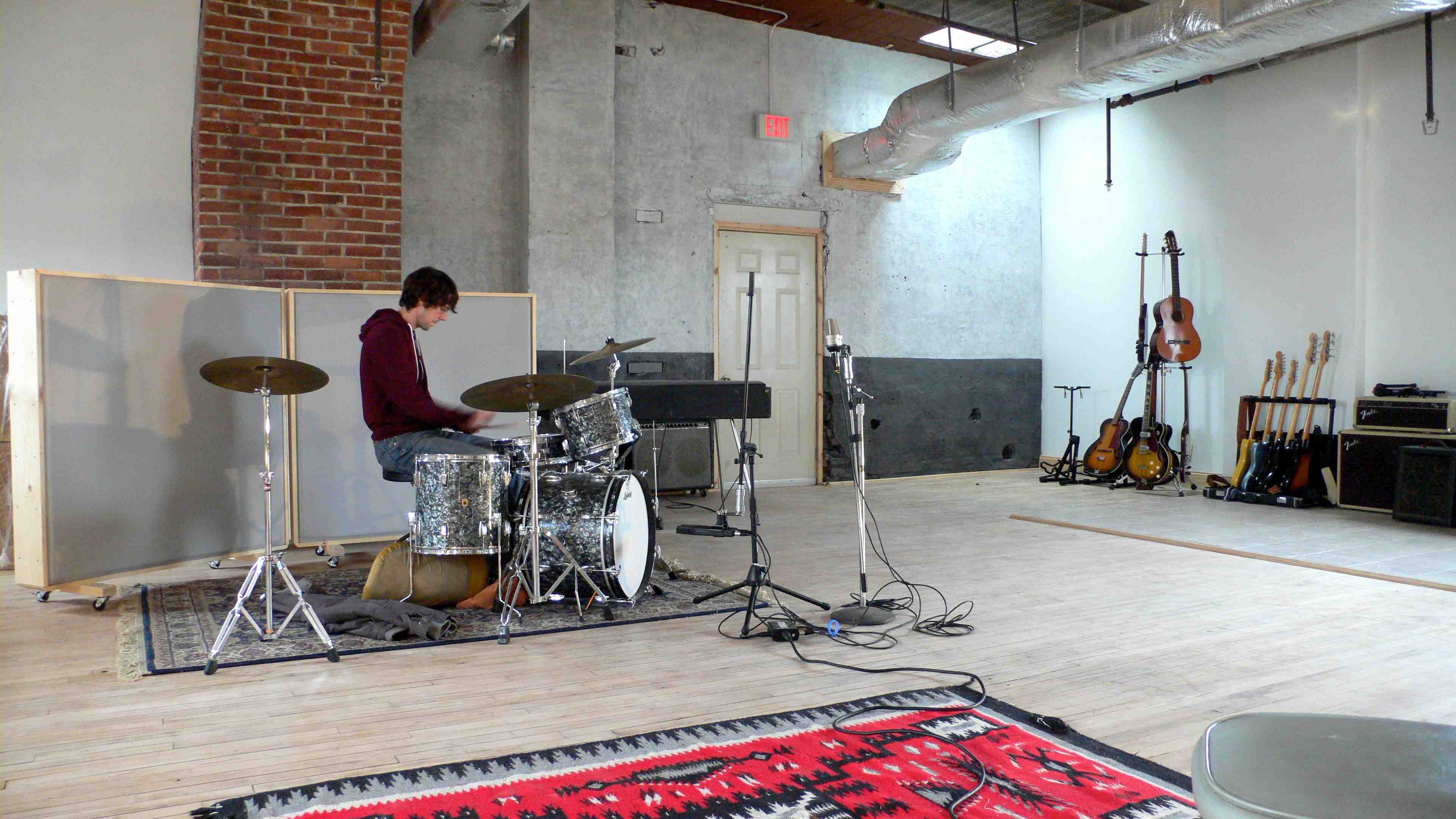 Tim got behind a 20/14/12 circa ’64 ludwig kit that I had mic’d up with 4 mics:
Tim got behind a 20/14/12 circa ’64 ludwig kit that I had mic’d up with 4 mics:
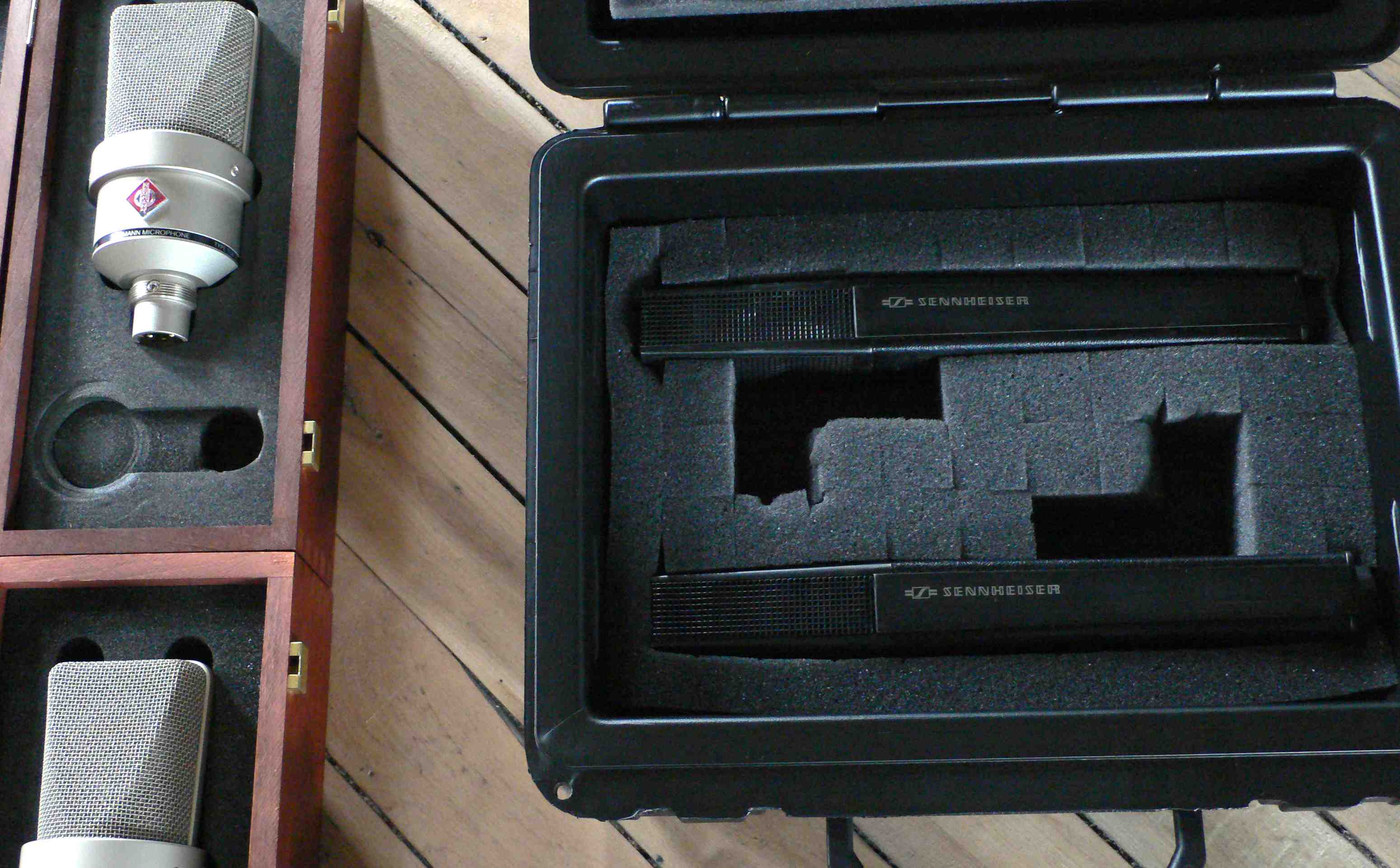 -two Sennheiser 441s on the kick, and two Neumann 103s in front of the kit.
-two Sennheiser 441s on the kick, and two Neumann 103s in front of the kit.
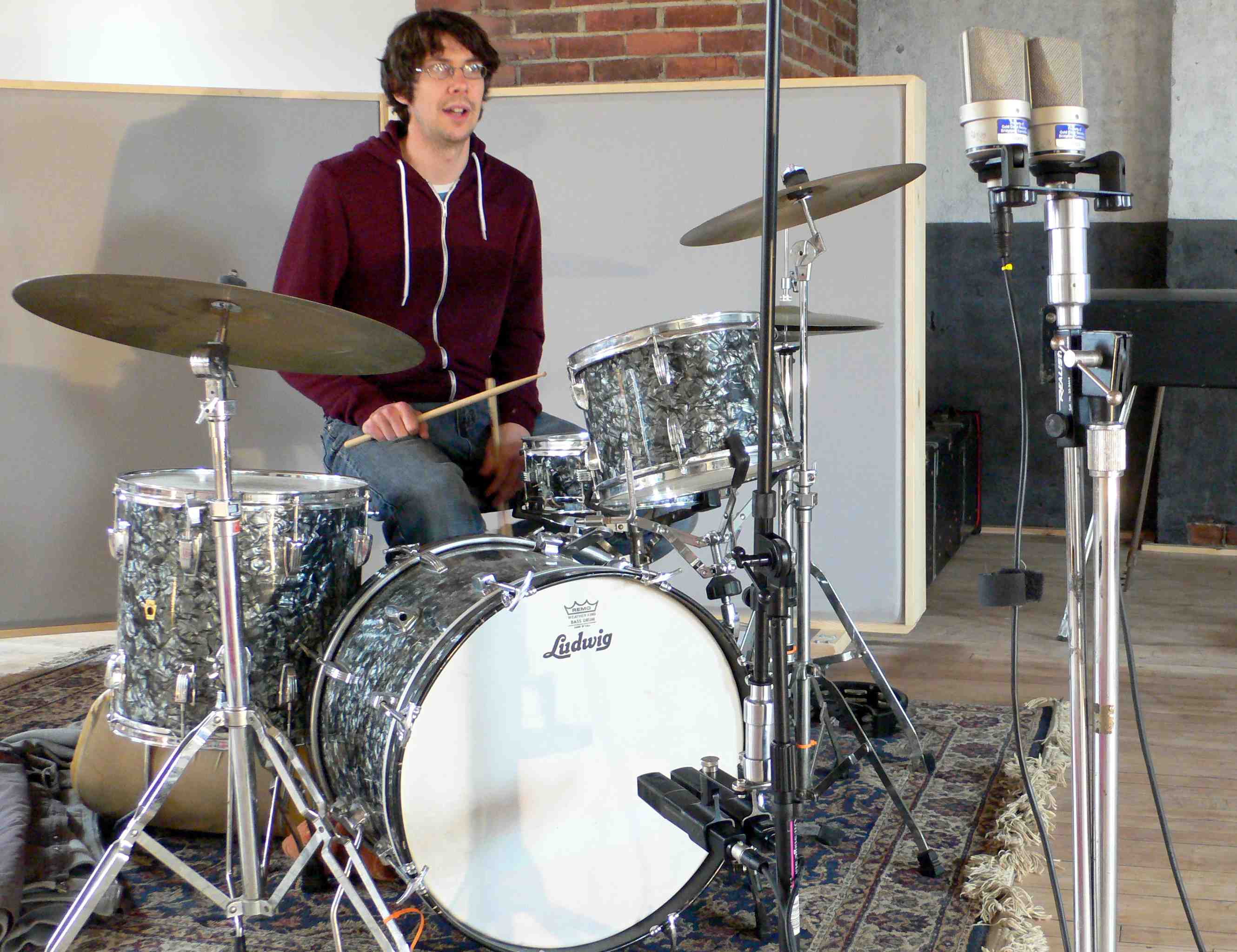 The mic pairs were spaced as close as possible. One kick mic/Front mic pair went into the Tom Gruning-racked Ward Beck 490s; the other kick mic/front mic pair went into a pair of AP1 512s. The outputs of the mic preamps went directly into pro tools. no other processing was used, and the signals were played back and bounced with the faders at zero.
The mic pairs were spaced as close as possible. One kick mic/Front mic pair went into the Tom Gruning-racked Ward Beck 490s; the other kick mic/front mic pair went into a pair of AP1 512s. The outputs of the mic preamps went directly into pro tools. no other processing was used, and the signals were played back and bounced with the faders at zero.
I asked Tim to play a beat inspired by this chestnut. And here’s what we got.
Here is Tim’s performance as recorded thru the Ward Beck M490A pair:
LISTEN: WardBeck_M490A
…And as a reference, here is the exact same performance, recorded at the same peak level, but recorded thru the pair of API 512 preamps:
LISTEN: API_512
Here is a screen shot of the Pro Tools session.
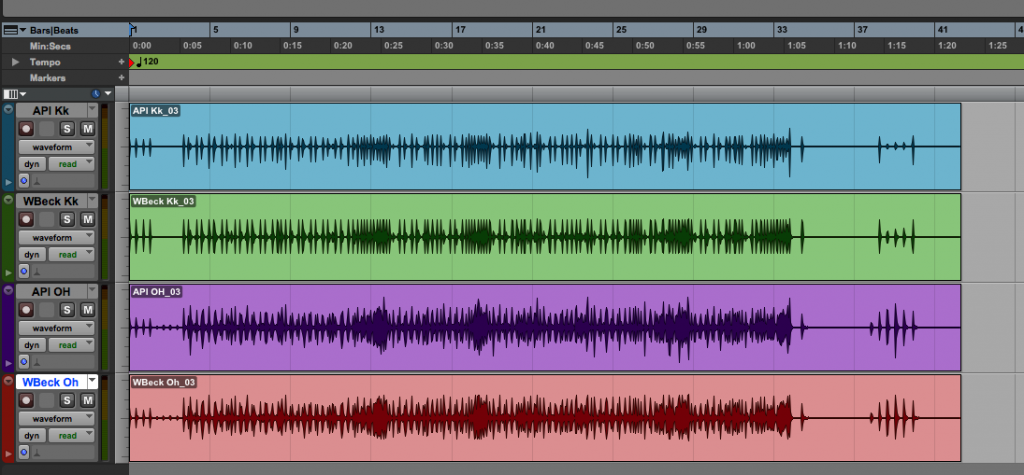 You can see clearly that the Ward Beck kick channel (Kk) is limited in comparison to the API kick channel. It’s also more symmetrical. The room mics (OH), on the other hand, have similar dynamic range except on the strong peaks. Perhaps this greater dynamic range was due to the fact I used the pads (on both the API and the Wbecks) for the room mics but not the kick mics. In case you are wondering about phase: yes I did try reversing the phase relationships on both sets of mics, and i can confidently say that what you here in these mono bounces is the correct phase relationship.
You can see clearly that the Ward Beck kick channel (Kk) is limited in comparison to the API kick channel. It’s also more symmetrical. The room mics (OH), on the other hand, have similar dynamic range except on the strong peaks. Perhaps this greater dynamic range was due to the fact I used the pads (on both the API and the Wbecks) for the room mics but not the kick mics. In case you are wondering about phase: yes I did try reversing the phase relationships on both sets of mics, and i can confidently say that what you here in these mono bounces is the correct phase relationship.
Tim and I listened back in the control room at GCR. The room is outfitted with a Blue Sky monitoring system with their 12″ sub; the low-end extension and clarity is very good. And this was very helpful for this particular evaluation.
TIM W: ‘The signal from the Ward Becks really moves the room. It’s much deeper in the bass but not as punchy (as the APIs). I can really hear the articulation of the Toms in particular (with the WBecks). There’s less presence of the hi-hats and the cymbals in general. The bass is really deep – there’s more length to the kick drum sound.
PS: The APIs are a lot more focused, but there seems to be an entire octave of additional bass extension to the kick drum with the Ward Becks. I feel like it is unusual to hear mic preamps that have this much ‘attitude’ but actually have deeper bass than a high-end preamp like an API. The low mids feel scooped on the Ward Beck; the high extension is not as good. I imagine the Ward Beck would be great on rock bass guitar or maybe room mics for a kit.
TW: The API is giving me more low mids in the snare and toms, but i am not hearing that real low end in the bass drum. (the API pair) is more ‘punchy’ rather than really bassy’
*************
*******
***
I encourage you to listen to the audio examples above and draw your own conclusions. I feel like the Ward Becks are good addition to the rack; I am definitely excited to try them on an SVT cabinet, and some loud rock vocals too. It’s definitely a very coloured sound – both in terms of the compression and the scooped low-mids and slightly rolled-of highs. I will also give em a go on kick drum for sure. Check em’ out on Gruning’s site; you might be pleasantly surprised how affordable they are.
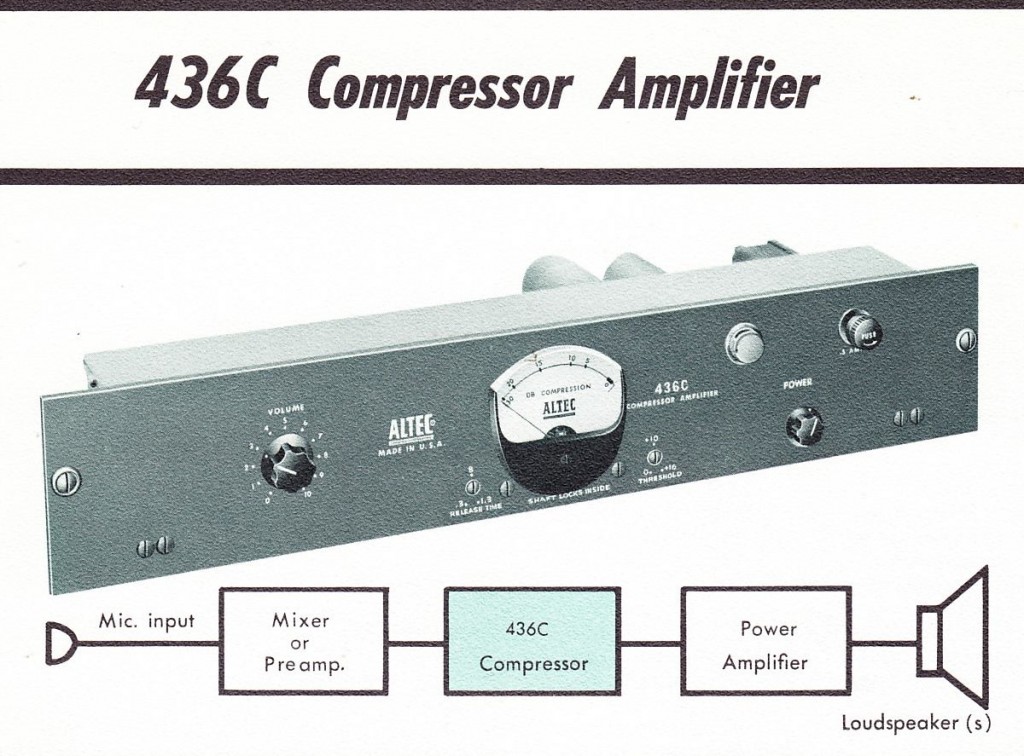 Ah the classic Altec 436C compressor (see here for previous coverage on PS dot com).
Ah the classic Altec 436C compressor (see here for previous coverage on PS dot com).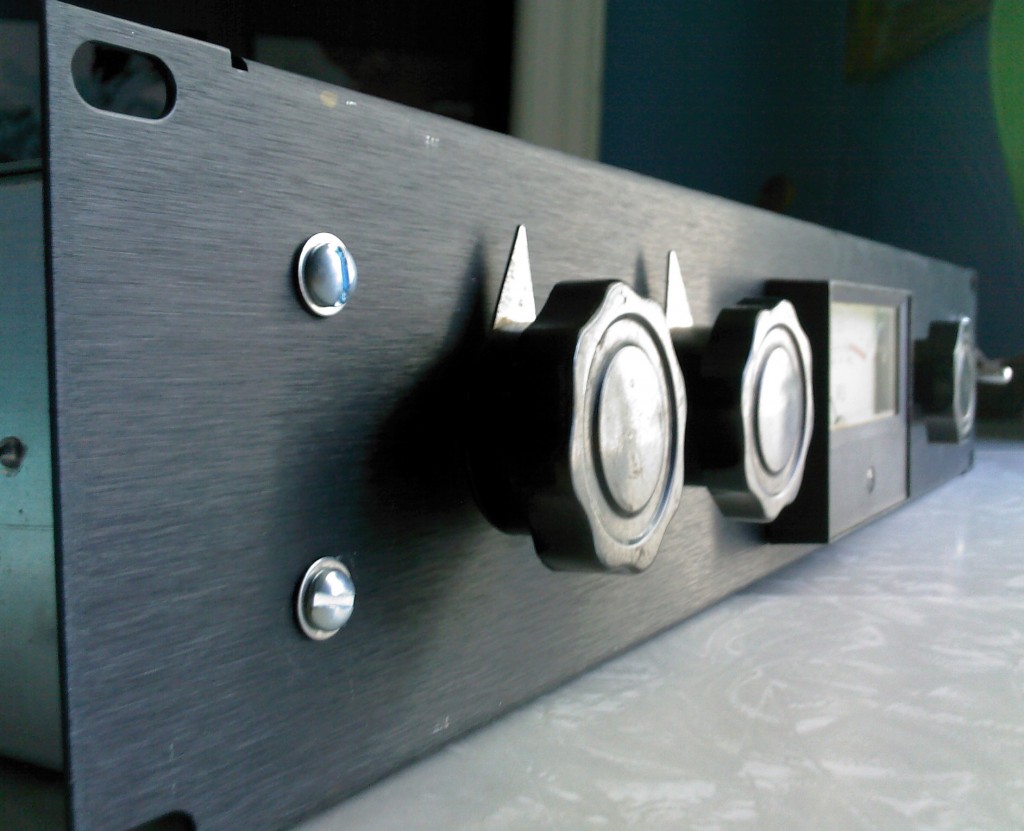
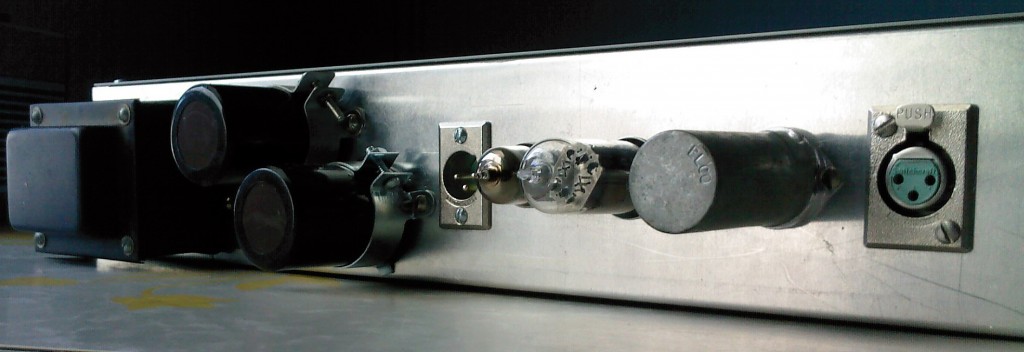
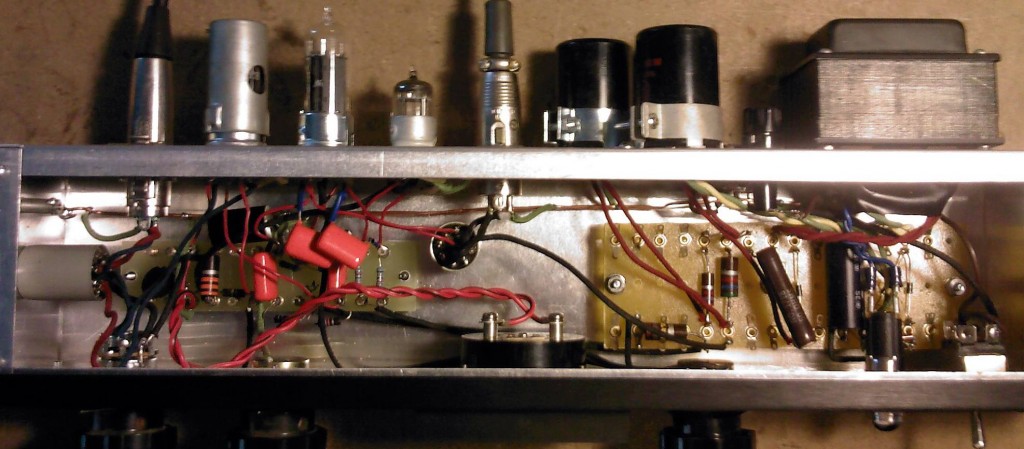 You can see how super-simple the circuit is. Aside from using a conventional power-supply circuit (rather than the voltage doubler that the original unit uses), i built mine pretty much exactly the same as the schematic.
You can see how super-simple the circuit is. Aside from using a conventional power-supply circuit (rather than the voltage doubler that the original unit uses), i built mine pretty much exactly the same as the schematic.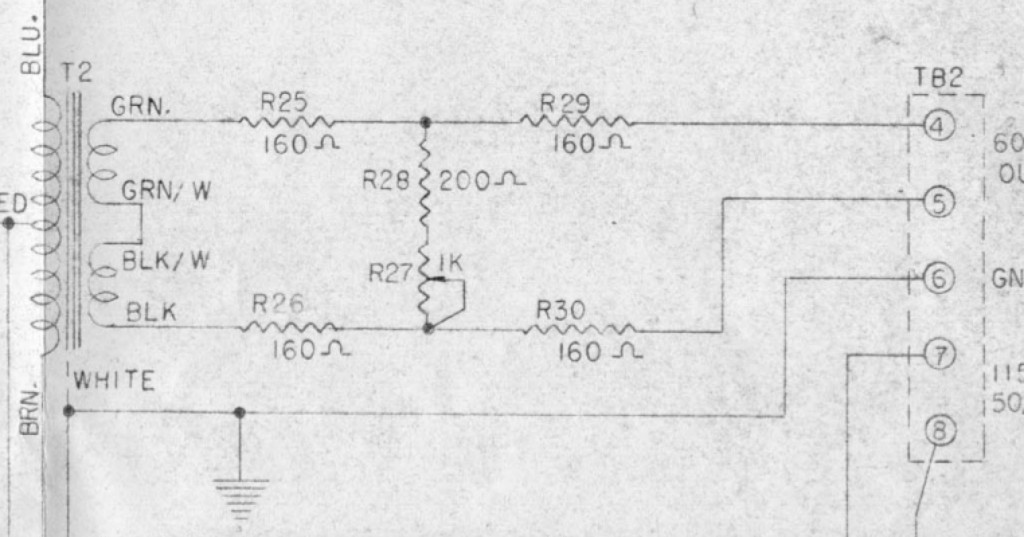 It’s like $5 of parts. Five 1/2 watt resistors and one pot. Based on information in the Sta-Level manual, adding this circuit after the output transformer of the 436C will provide a minimum 10db and a maximum 16db attenuation. Perfect. Now, it’s true that using this control will vary the effective output impedance of the unit slightly; but according to Gates, “This pad has been carefully tested to assure that the small impedance mismatch resulting from this range adjust-ment will not affect frequency response or other characteristics. ” And Gates was writing this back in the day when the Sat-Level would almost certainly be seeing a 600ohm load. Considering that nowadays it will more likely see a bridging load of 1500 – 10k ohms, I think it’s safe so say that this circuit should be (at least as) sonically-transparent (as a vacuum-tube vari-mu limiter can be).
It’s like $5 of parts. Five 1/2 watt resistors and one pot. Based on information in the Sta-Level manual, adding this circuit after the output transformer of the 436C will provide a minimum 10db and a maximum 16db attenuation. Perfect. Now, it’s true that using this control will vary the effective output impedance of the unit slightly; but according to Gates, “This pad has been carefully tested to assure that the small impedance mismatch resulting from this range adjust-ment will not affect frequency response or other characteristics. ” And Gates was writing this back in the day when the Sat-Level would almost certainly be seeing a 600ohm load. Considering that nowadays it will more likely see a bridging load of 1500 – 10k ohms, I think it’s safe so say that this circuit should be (at least as) sonically-transparent (as a vacuum-tube vari-mu limiter can be).